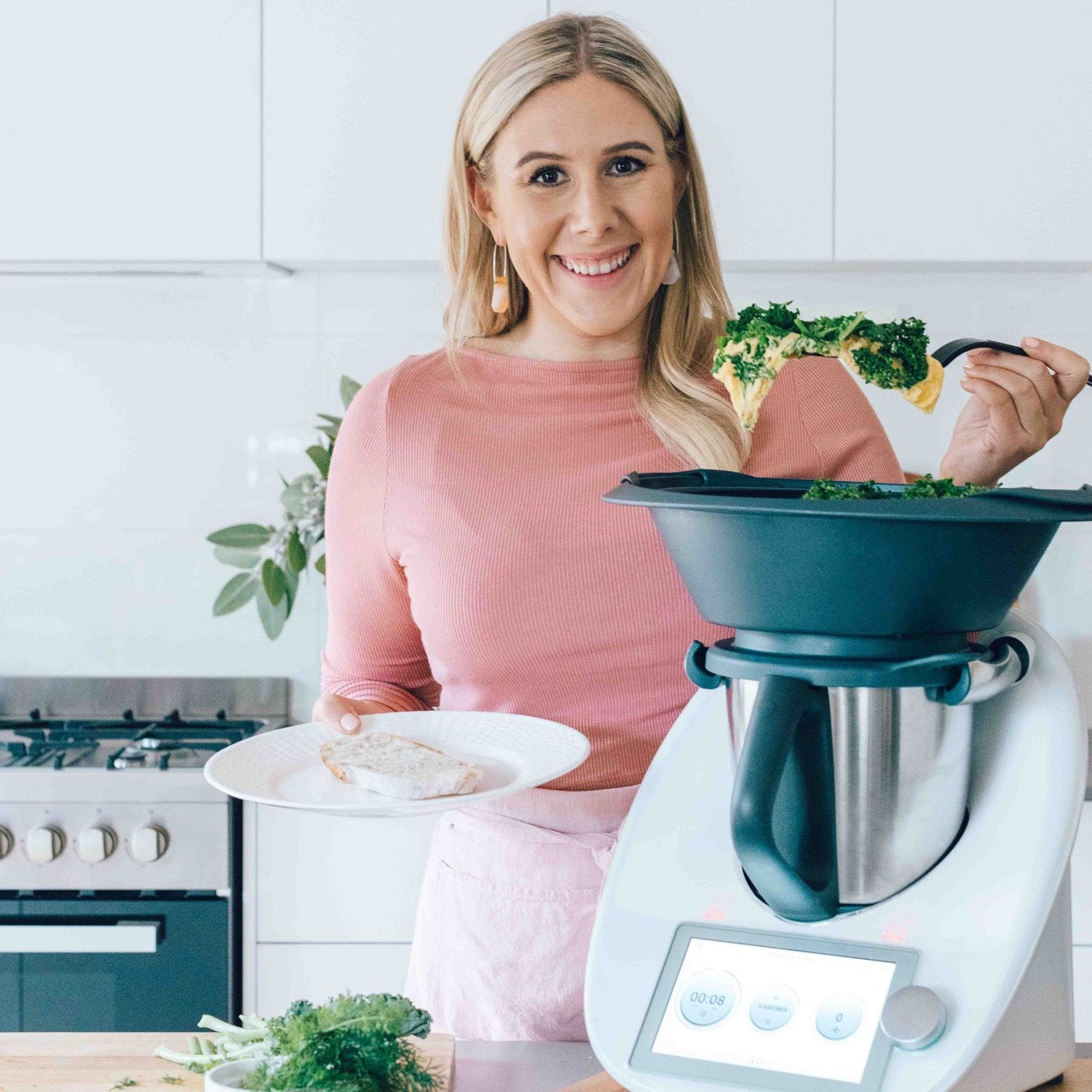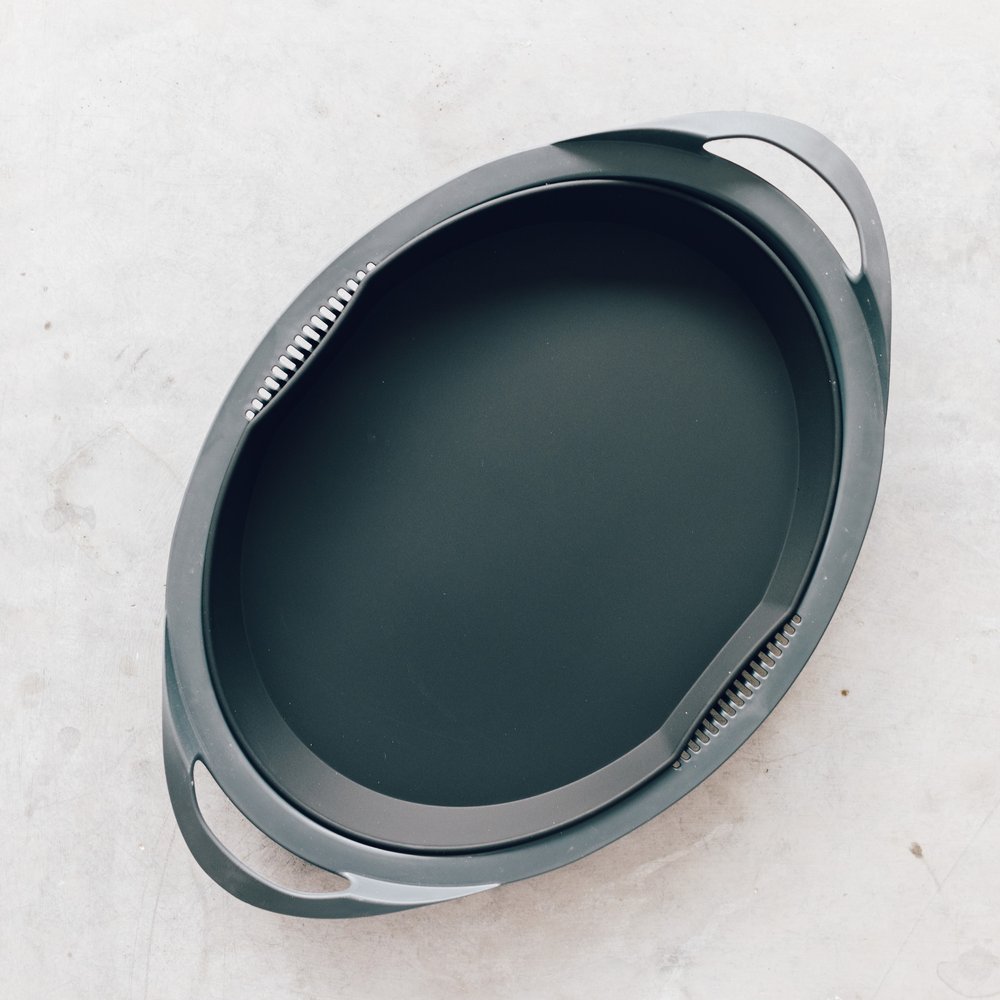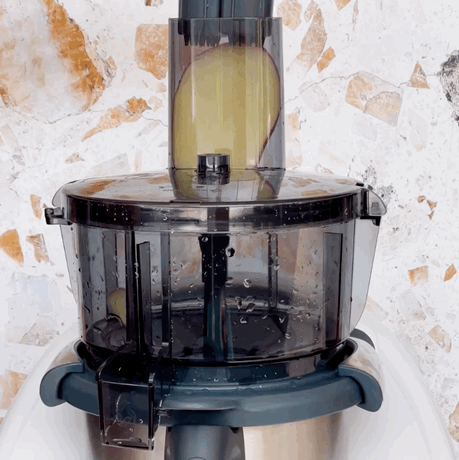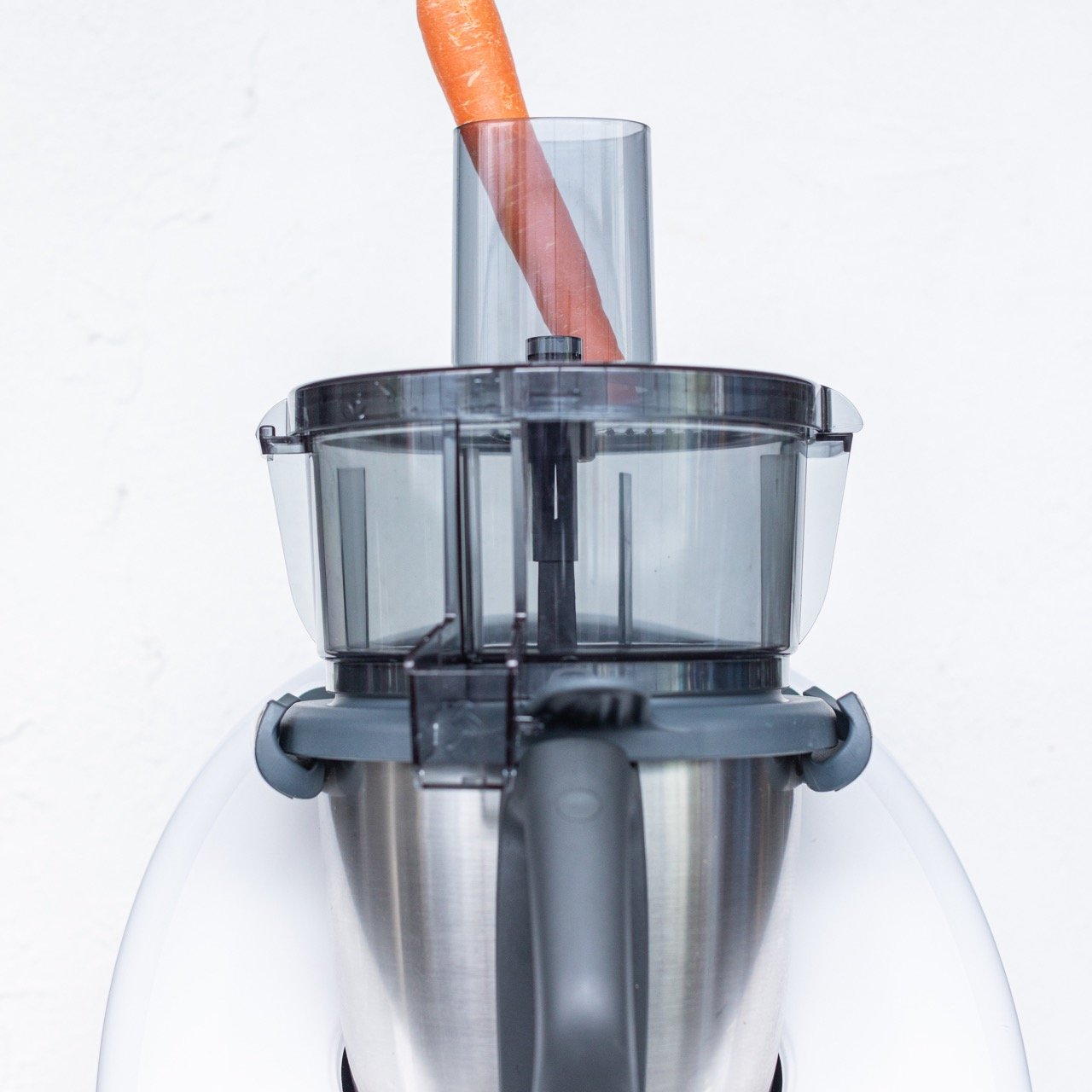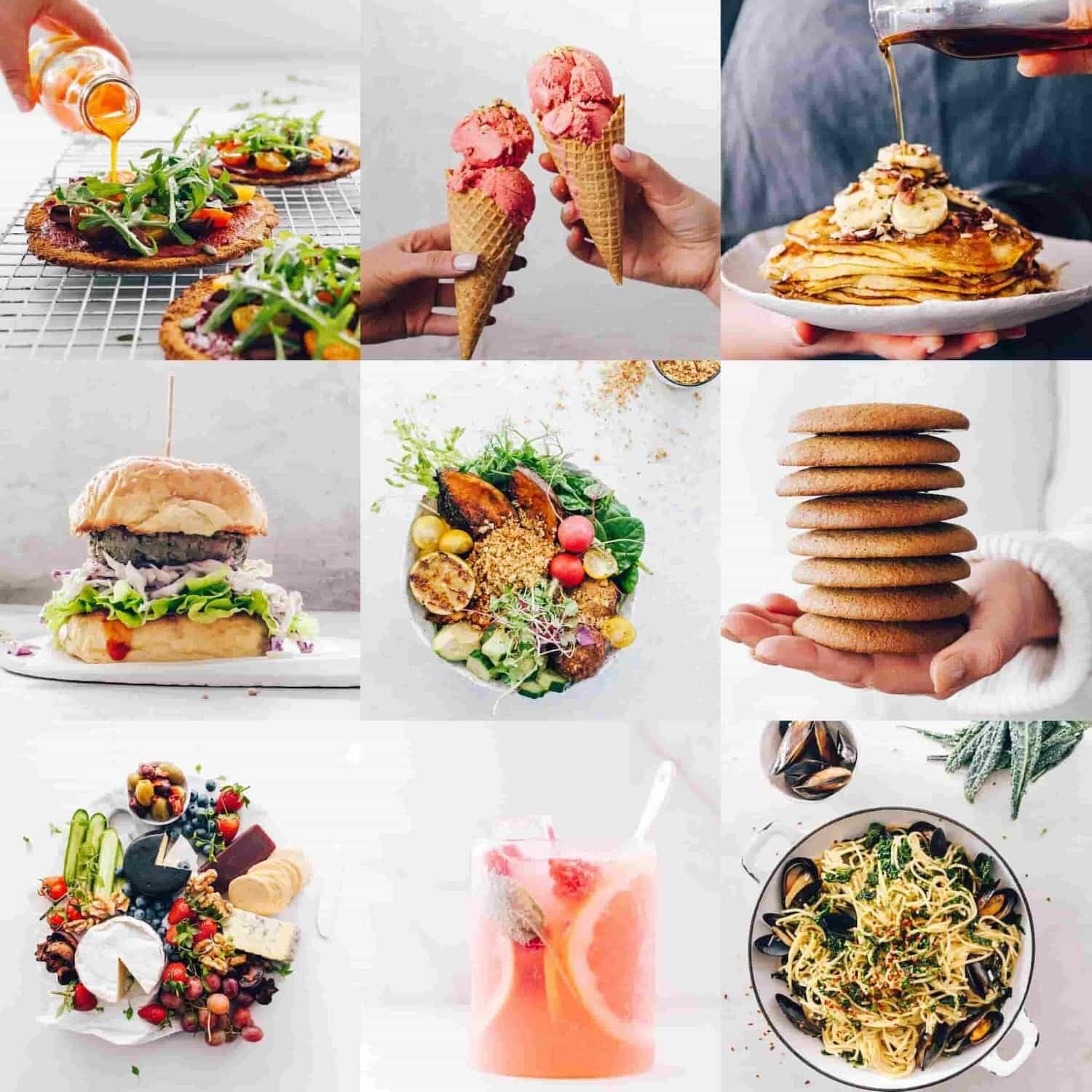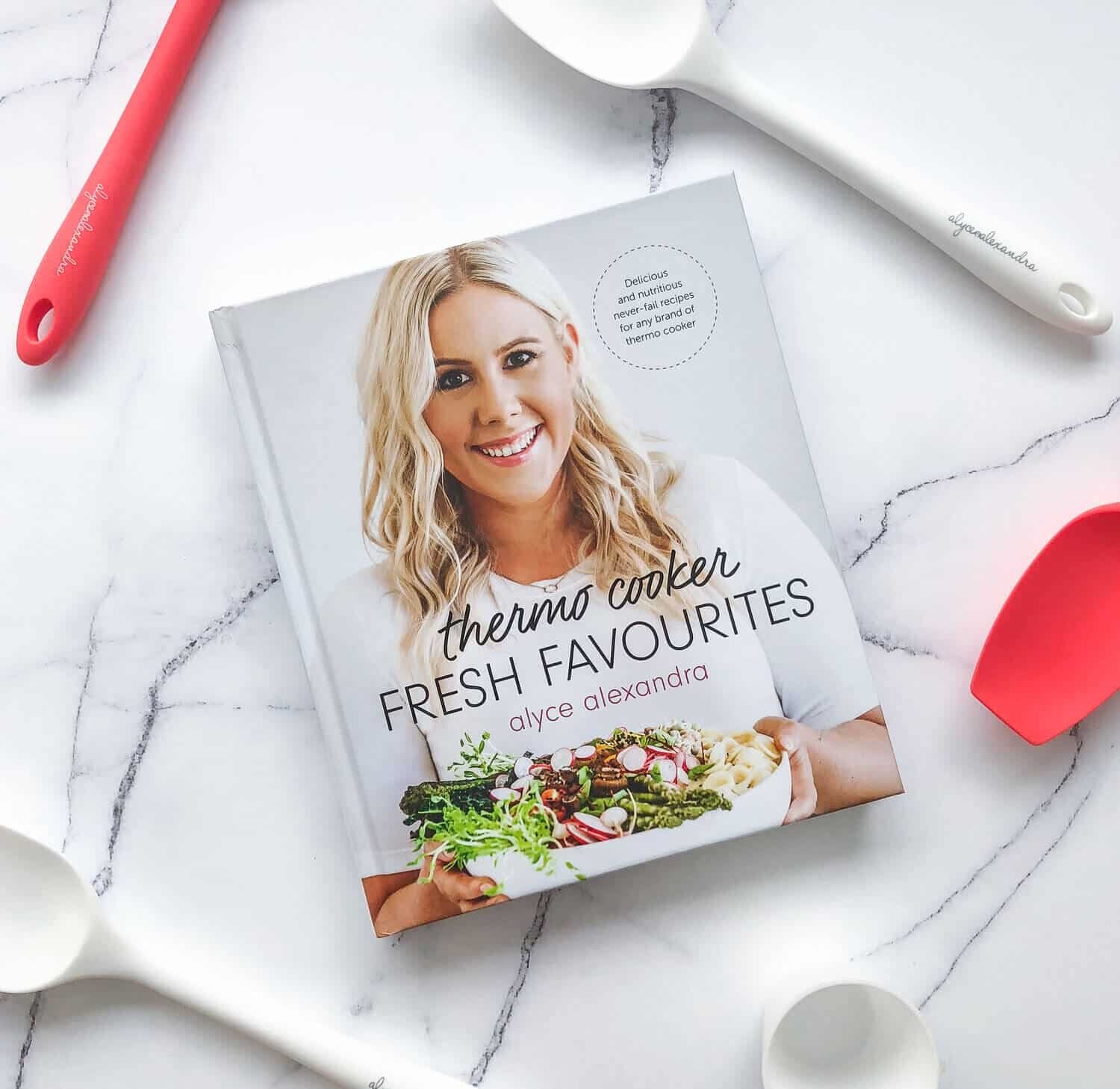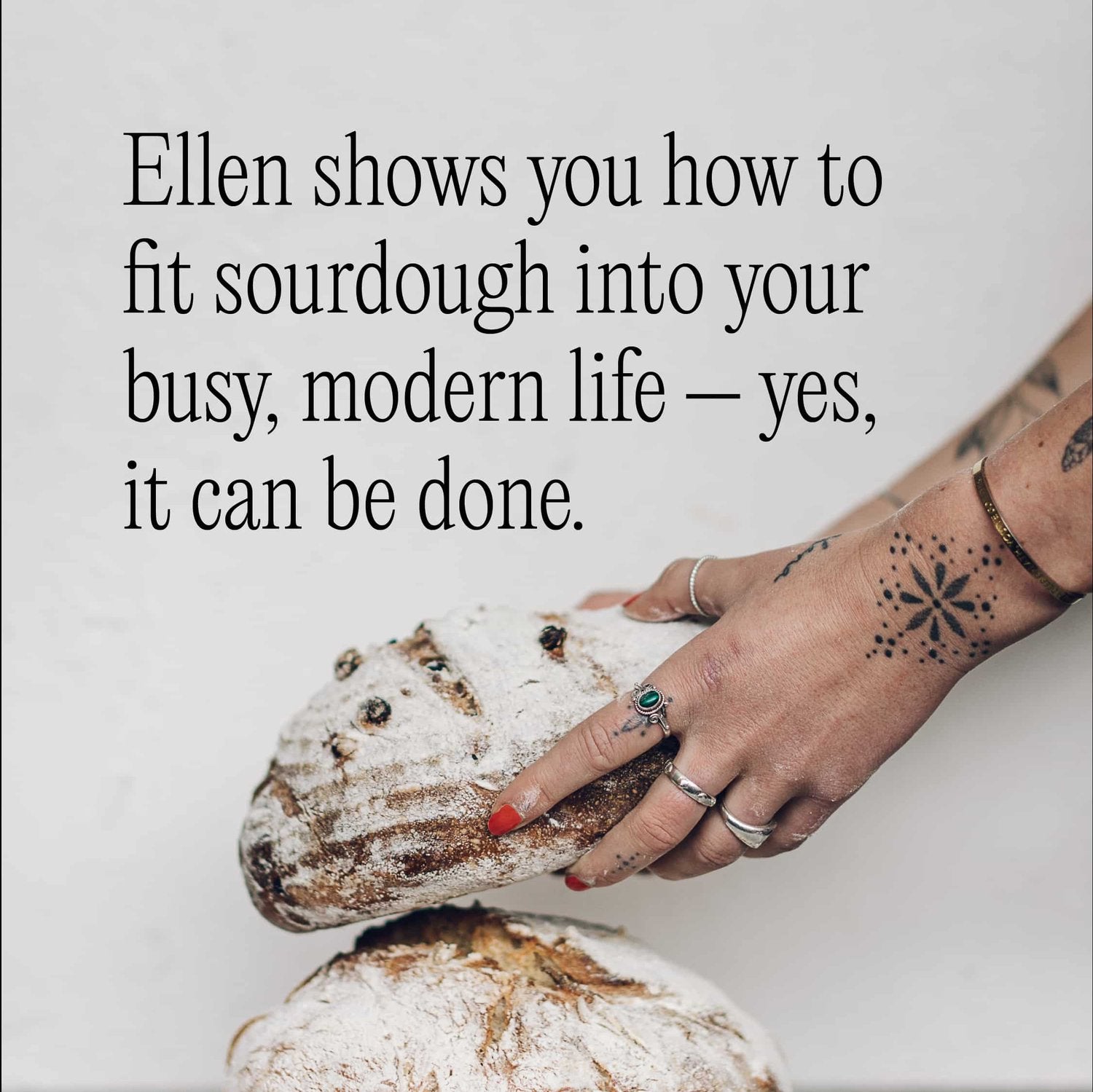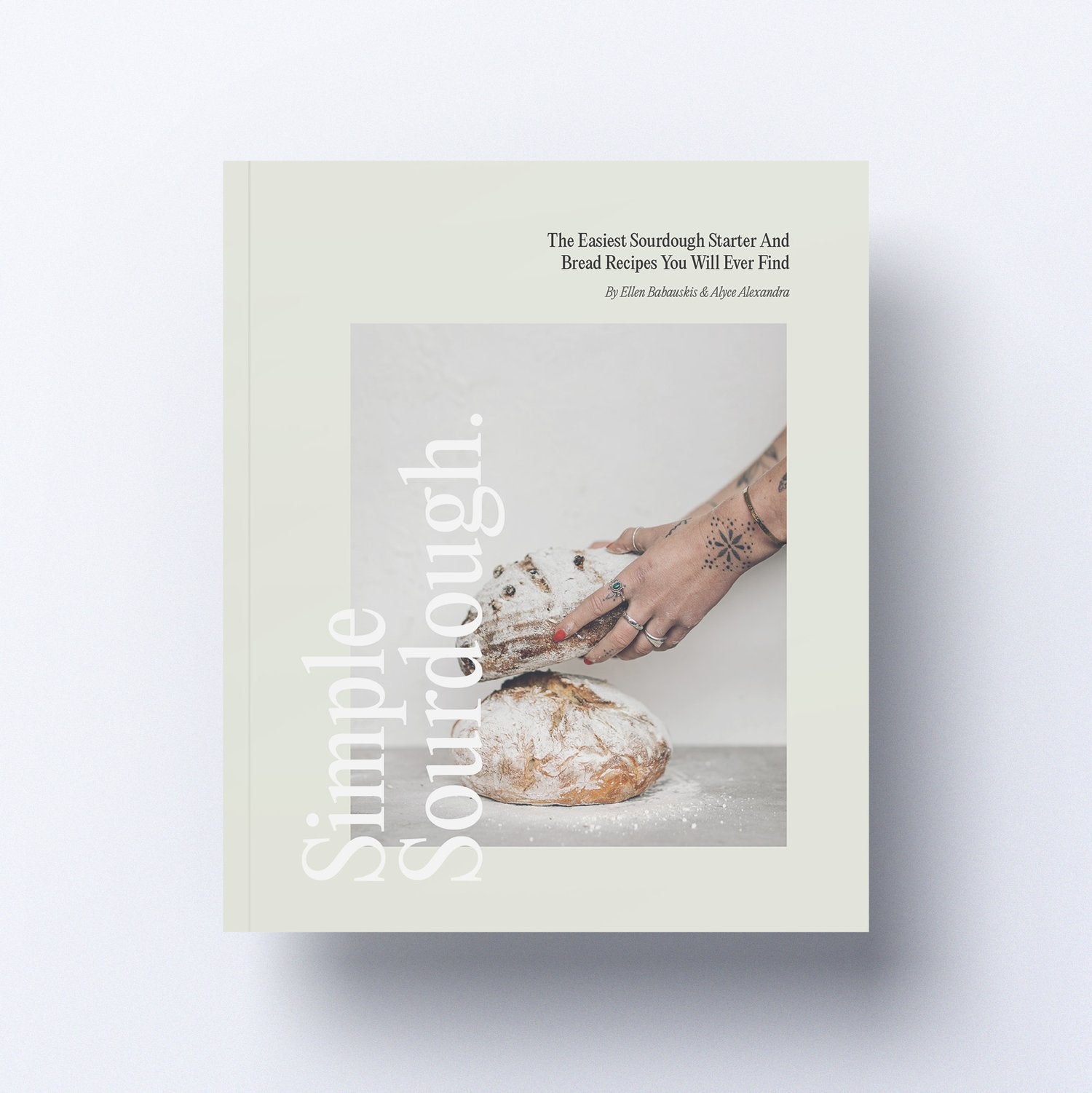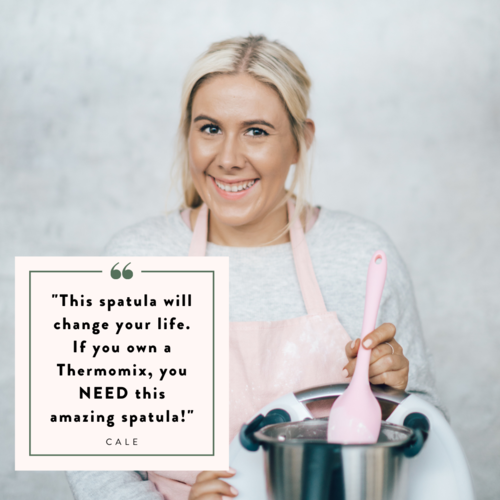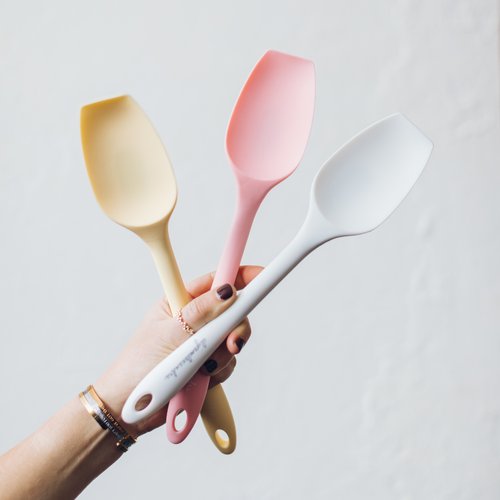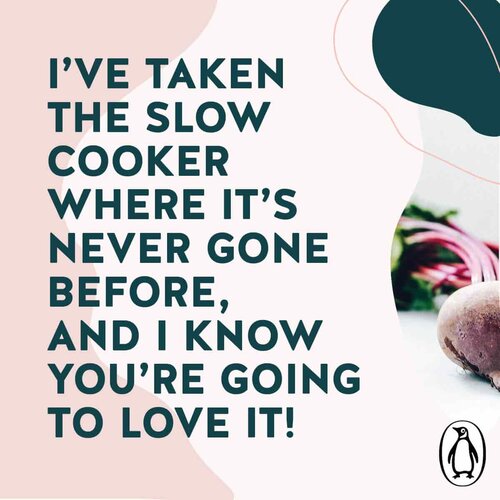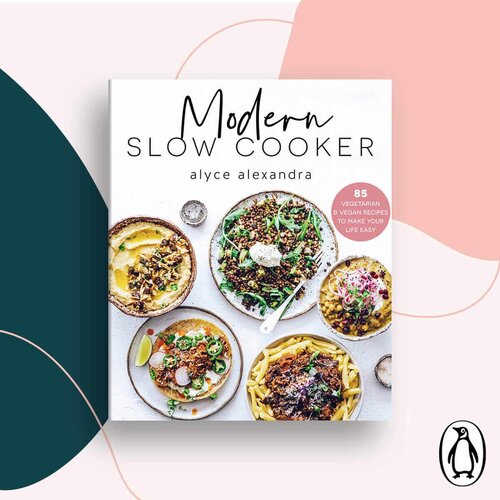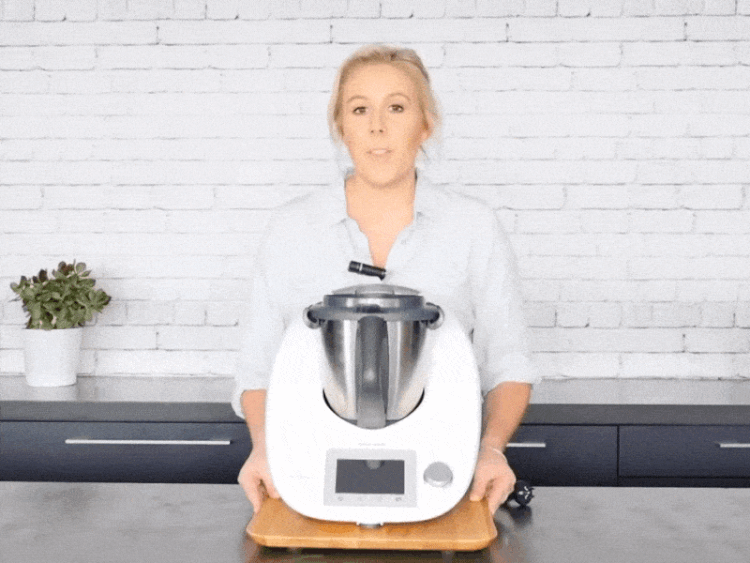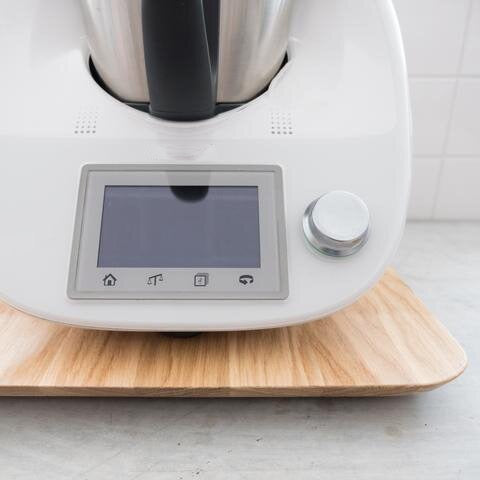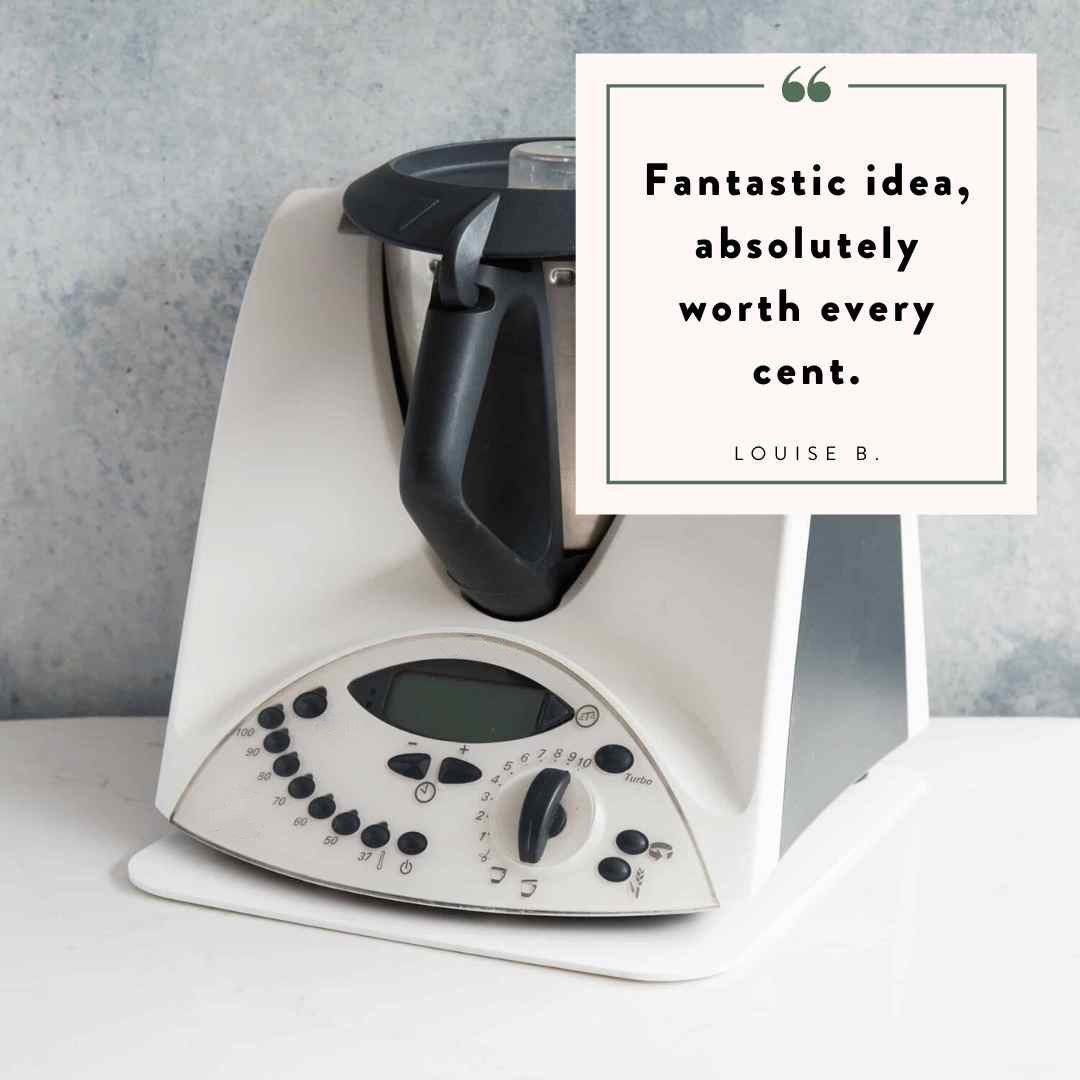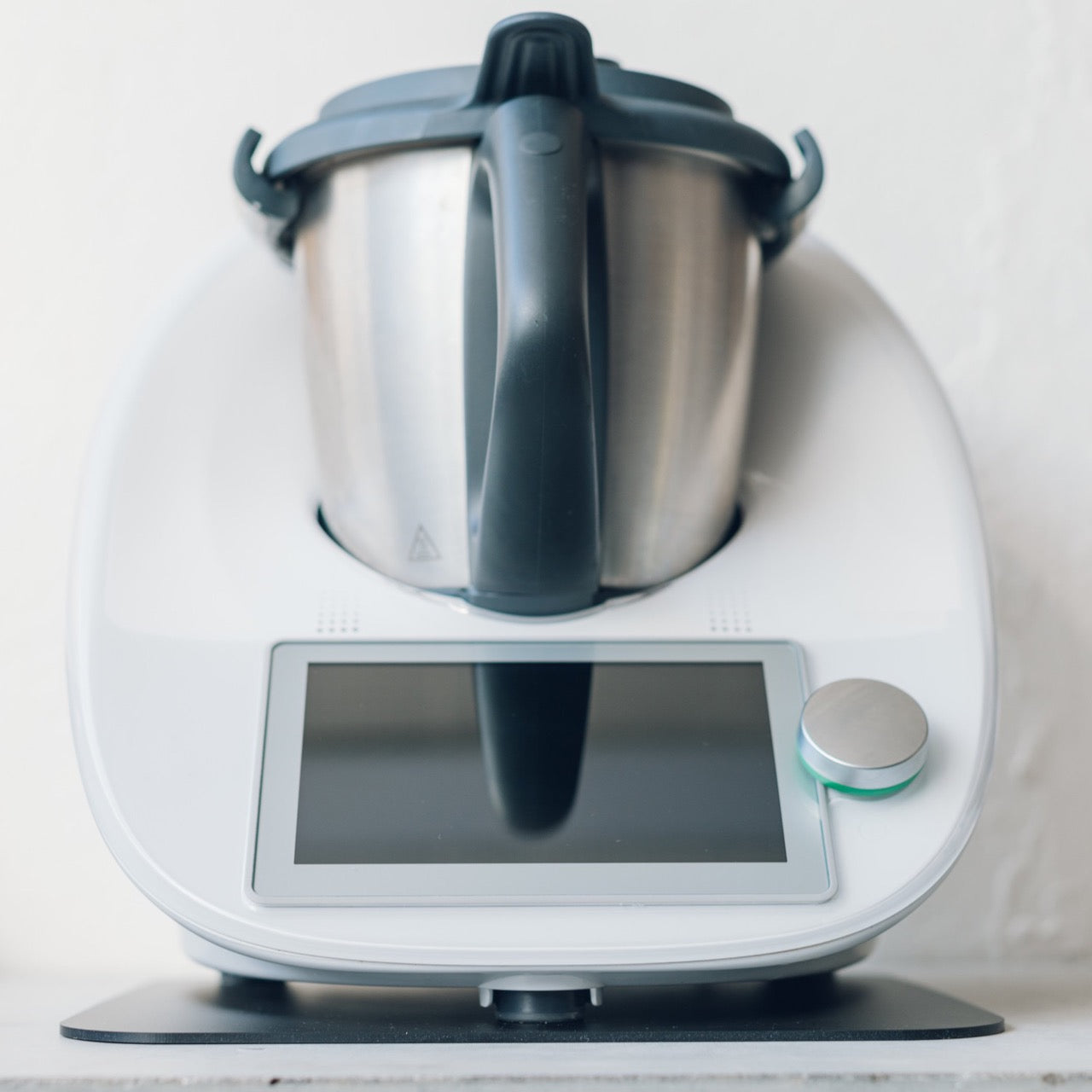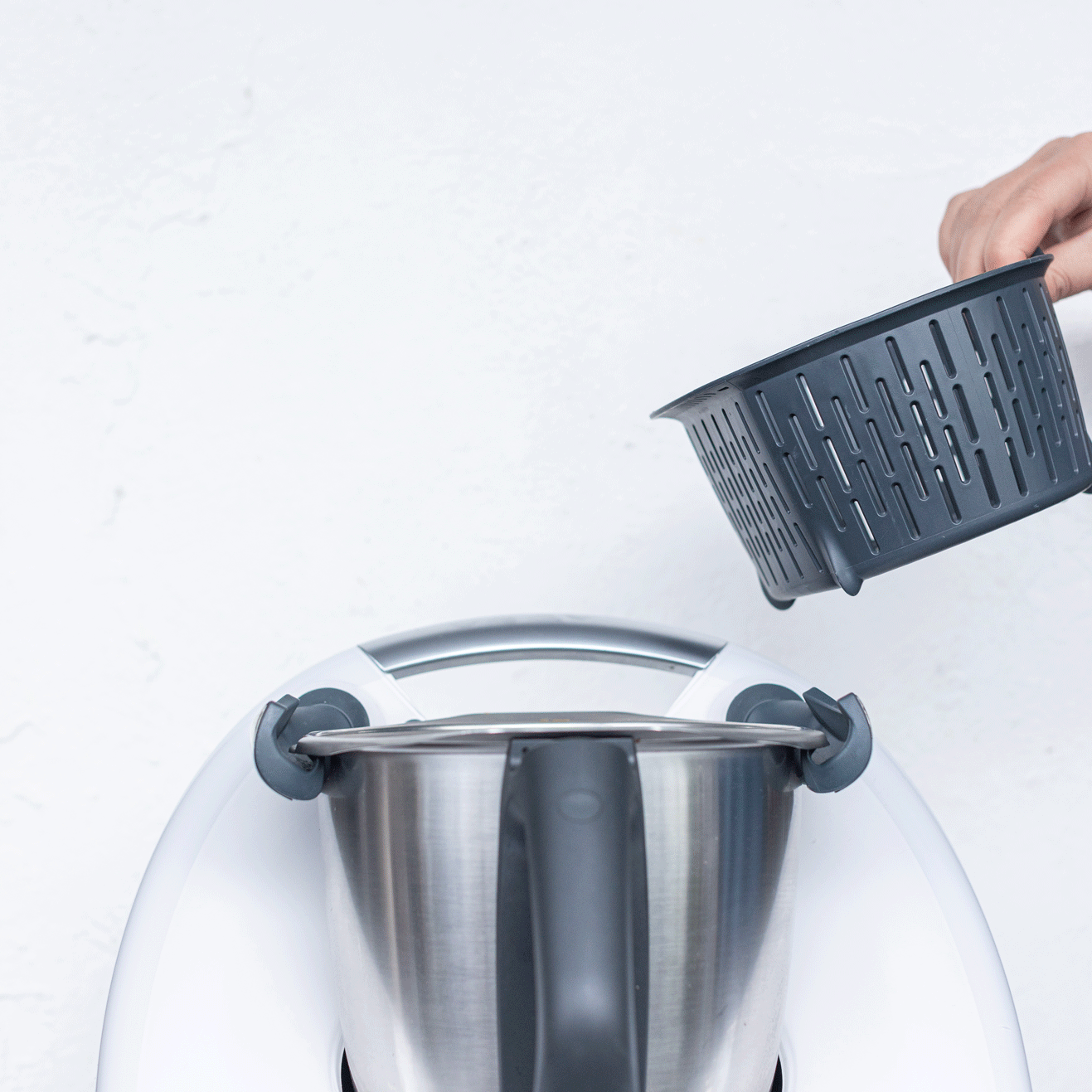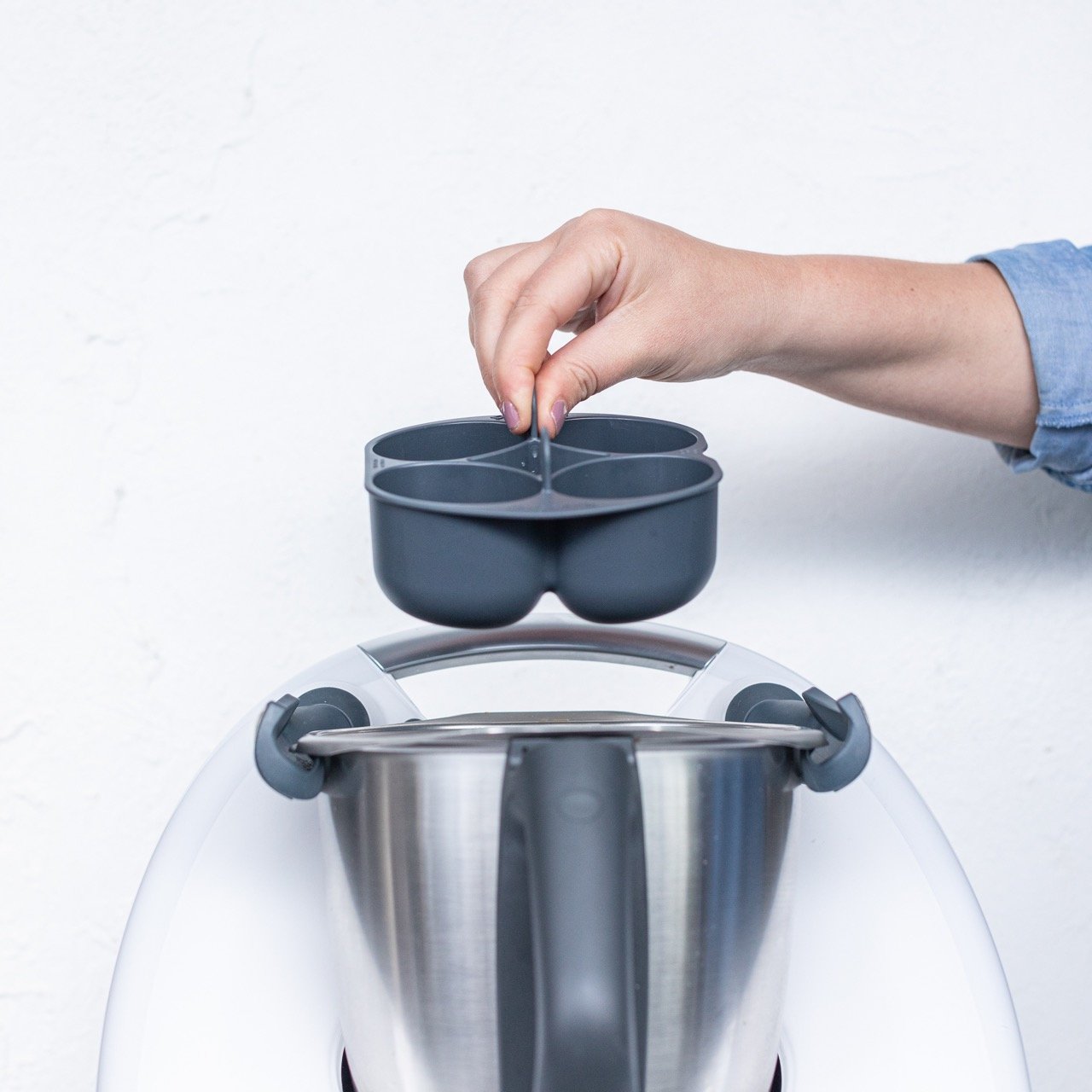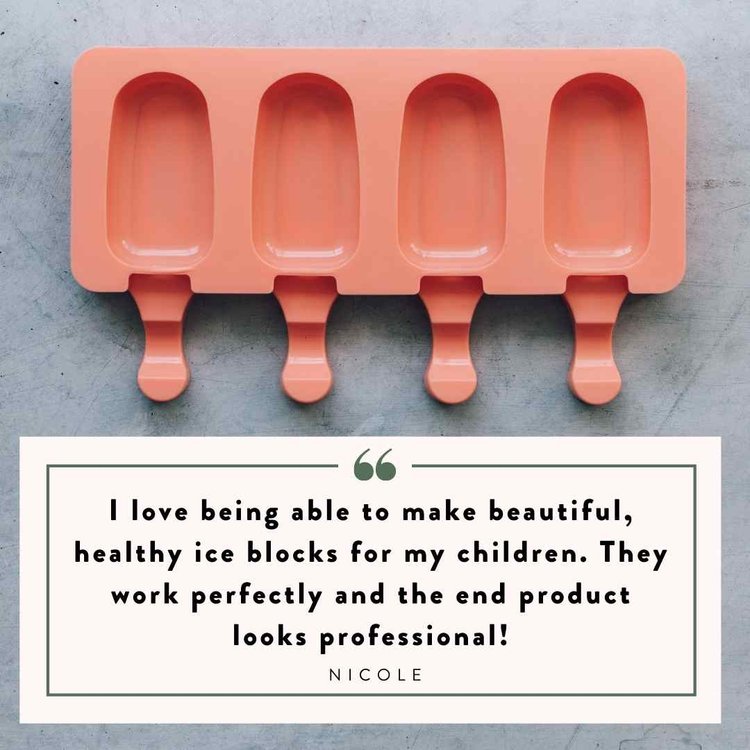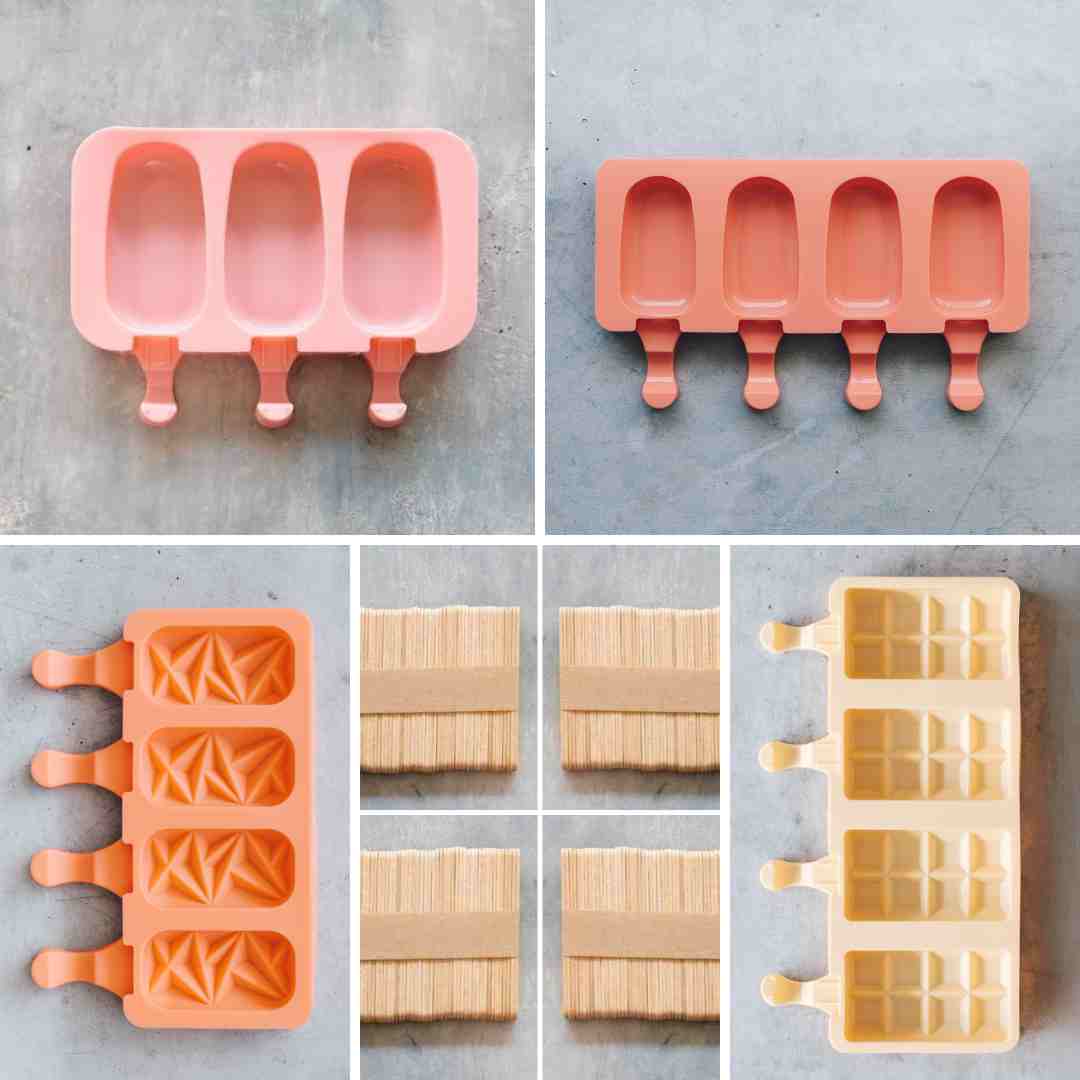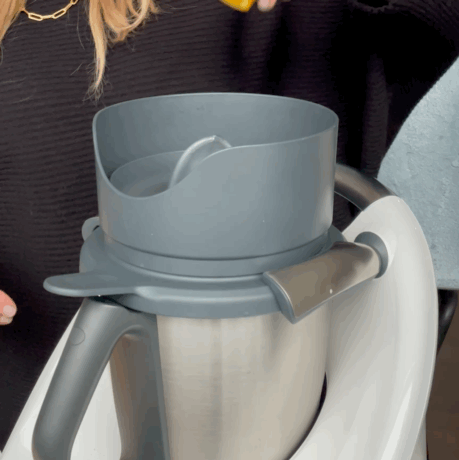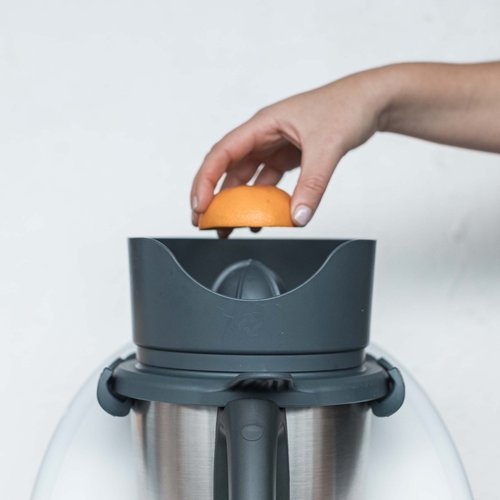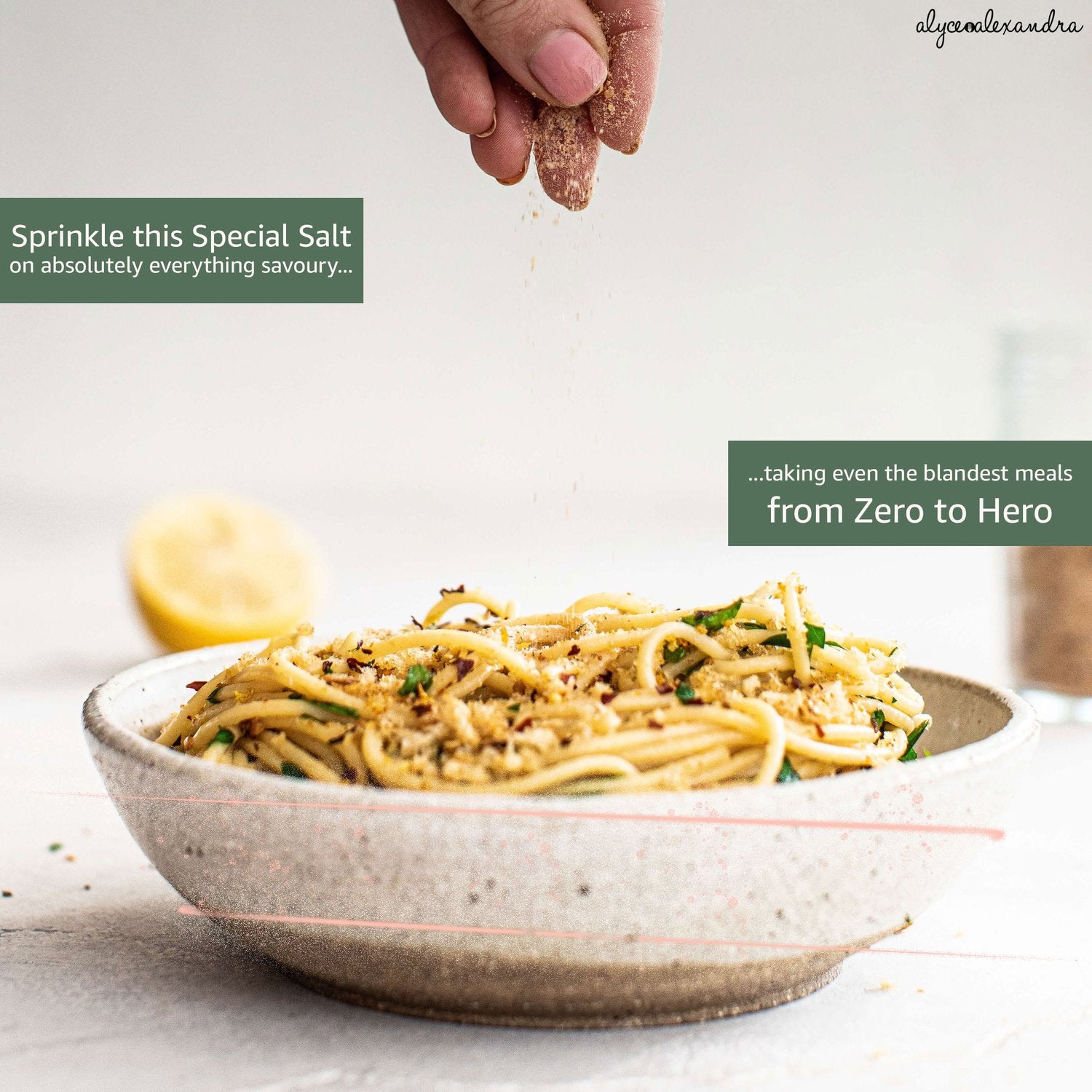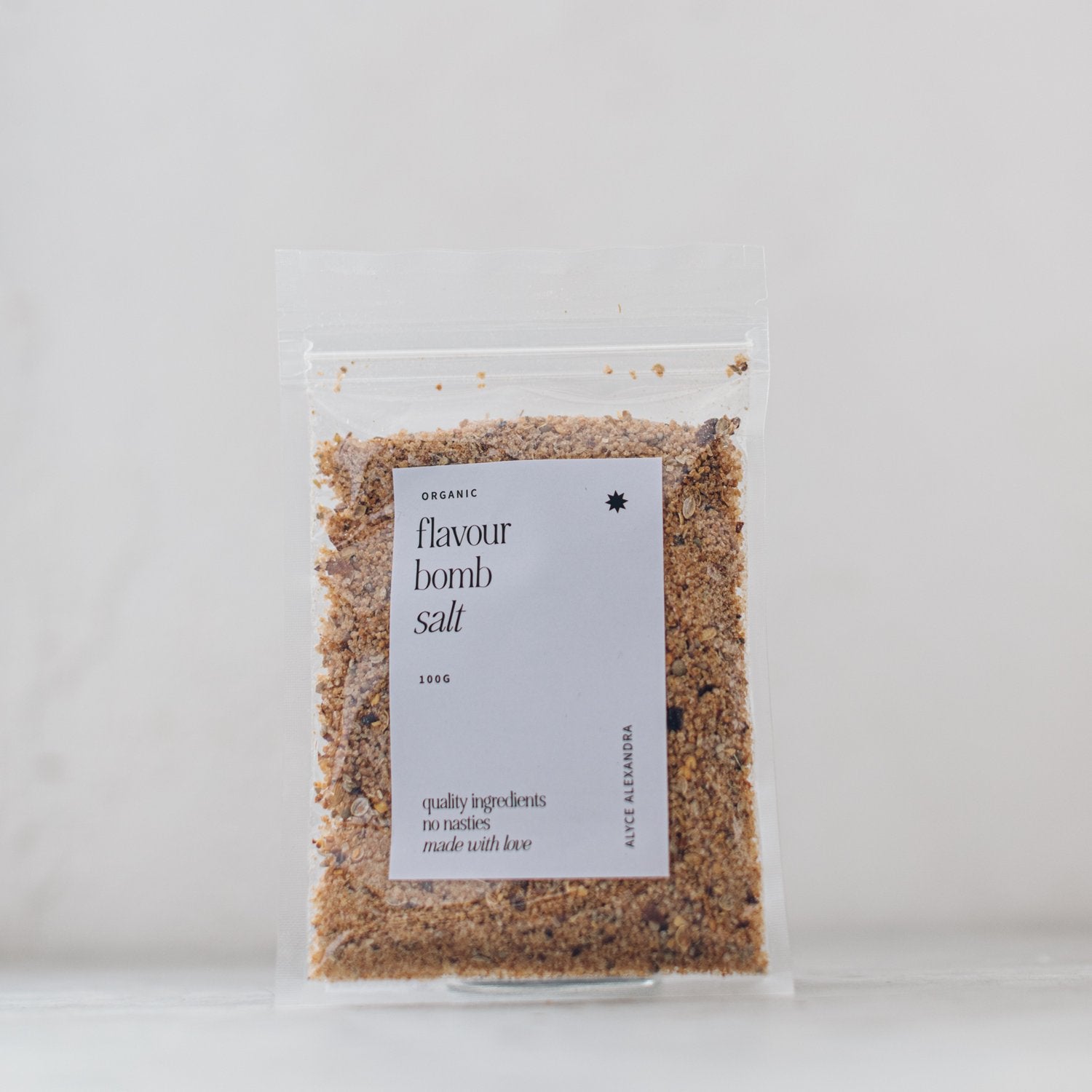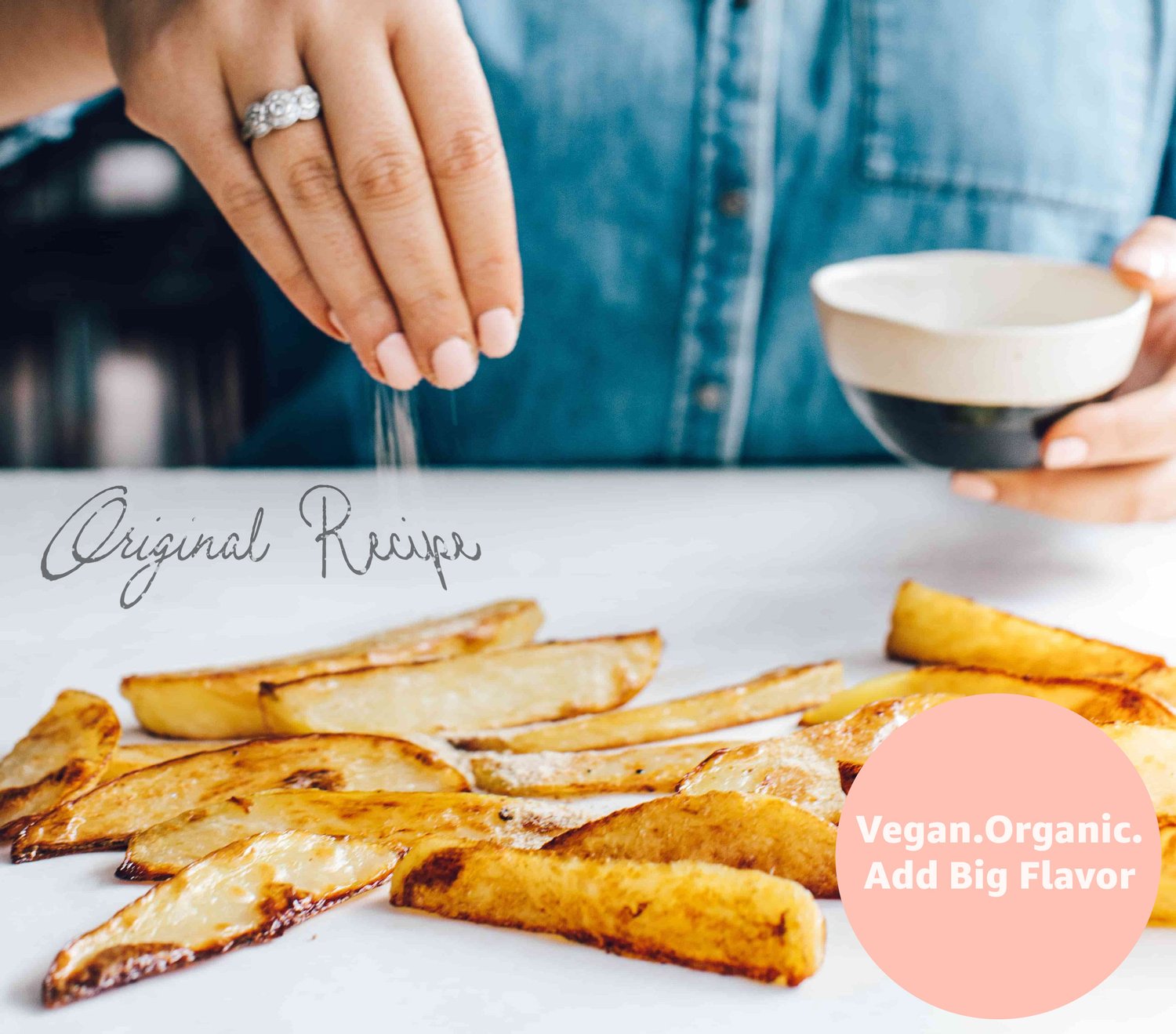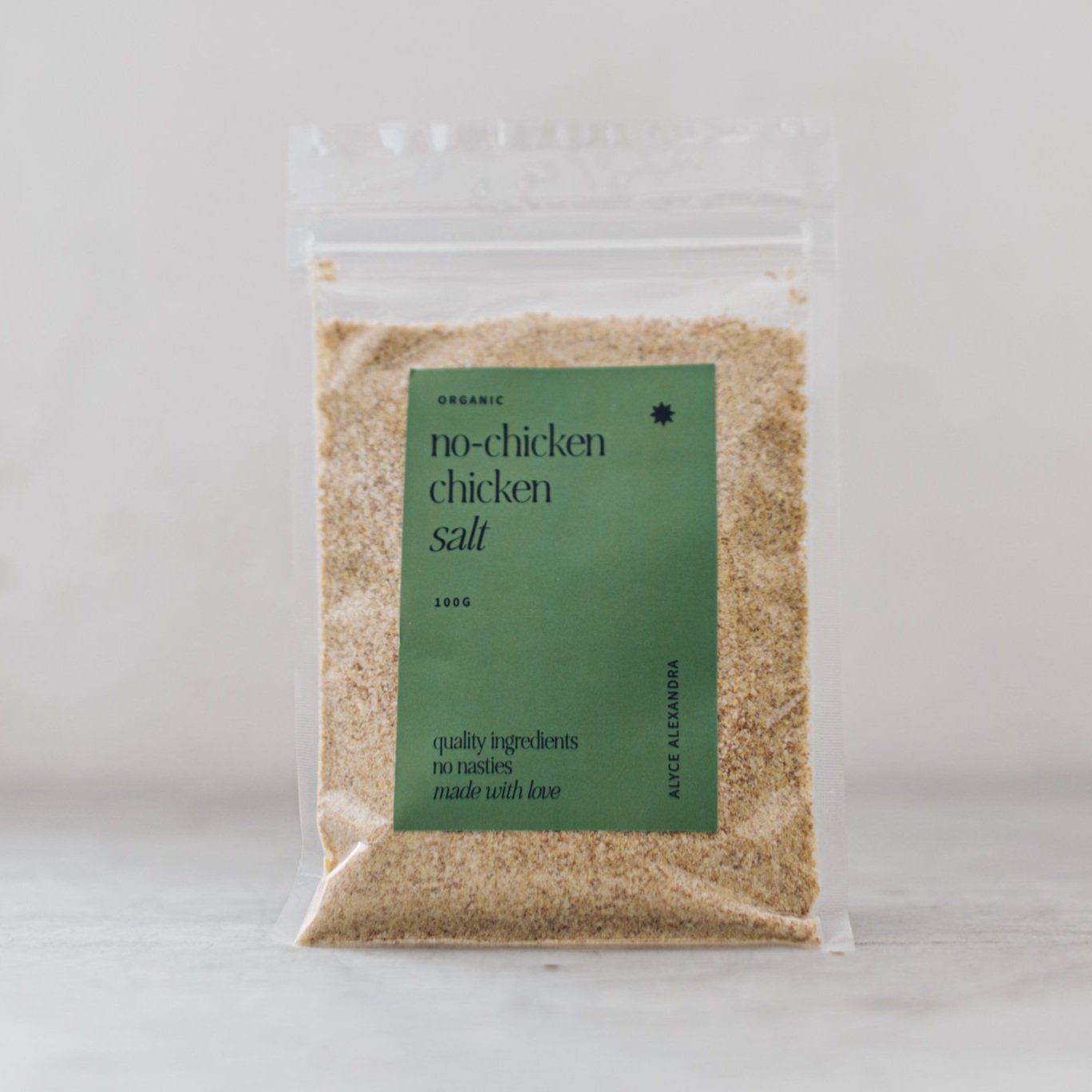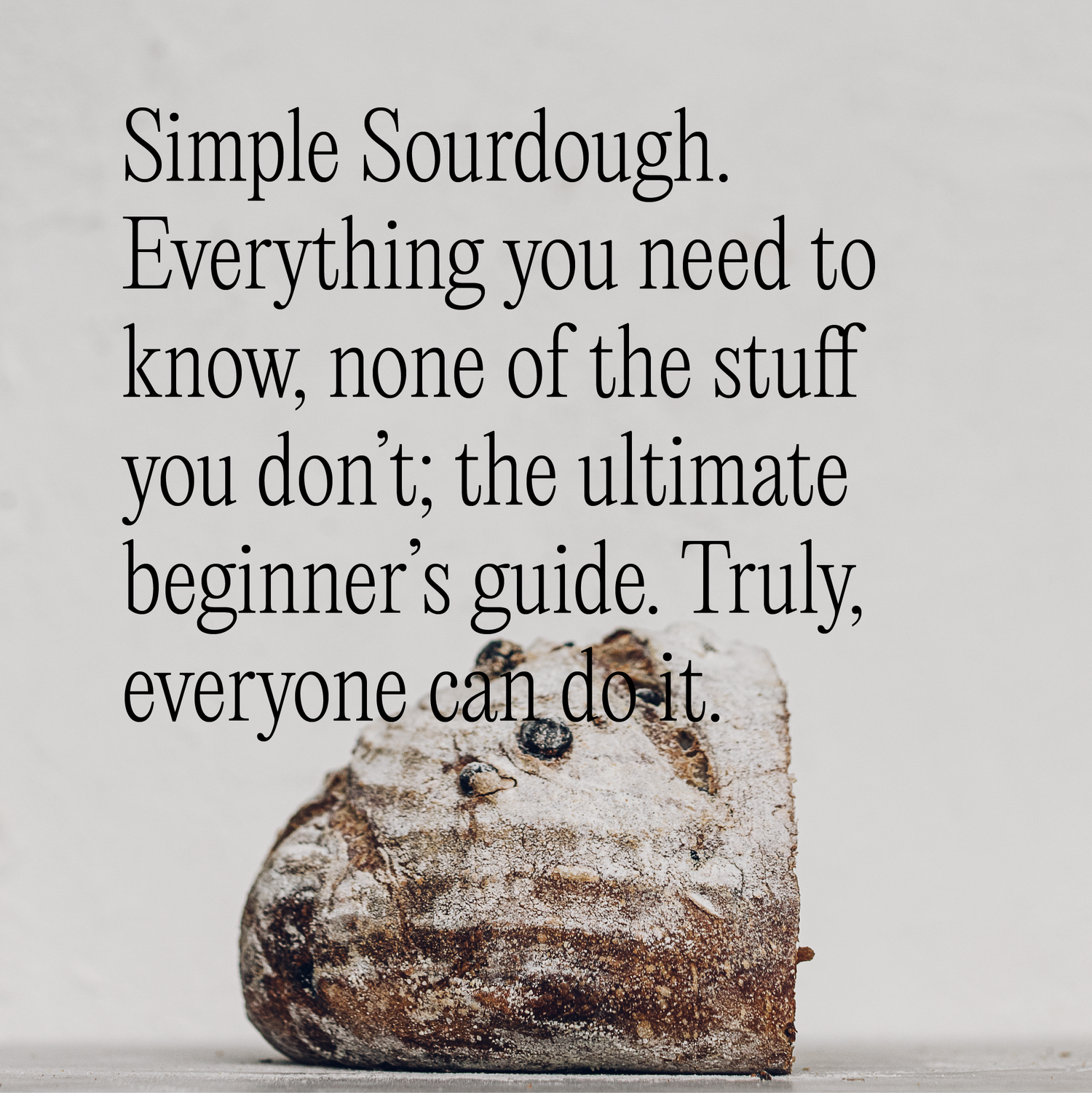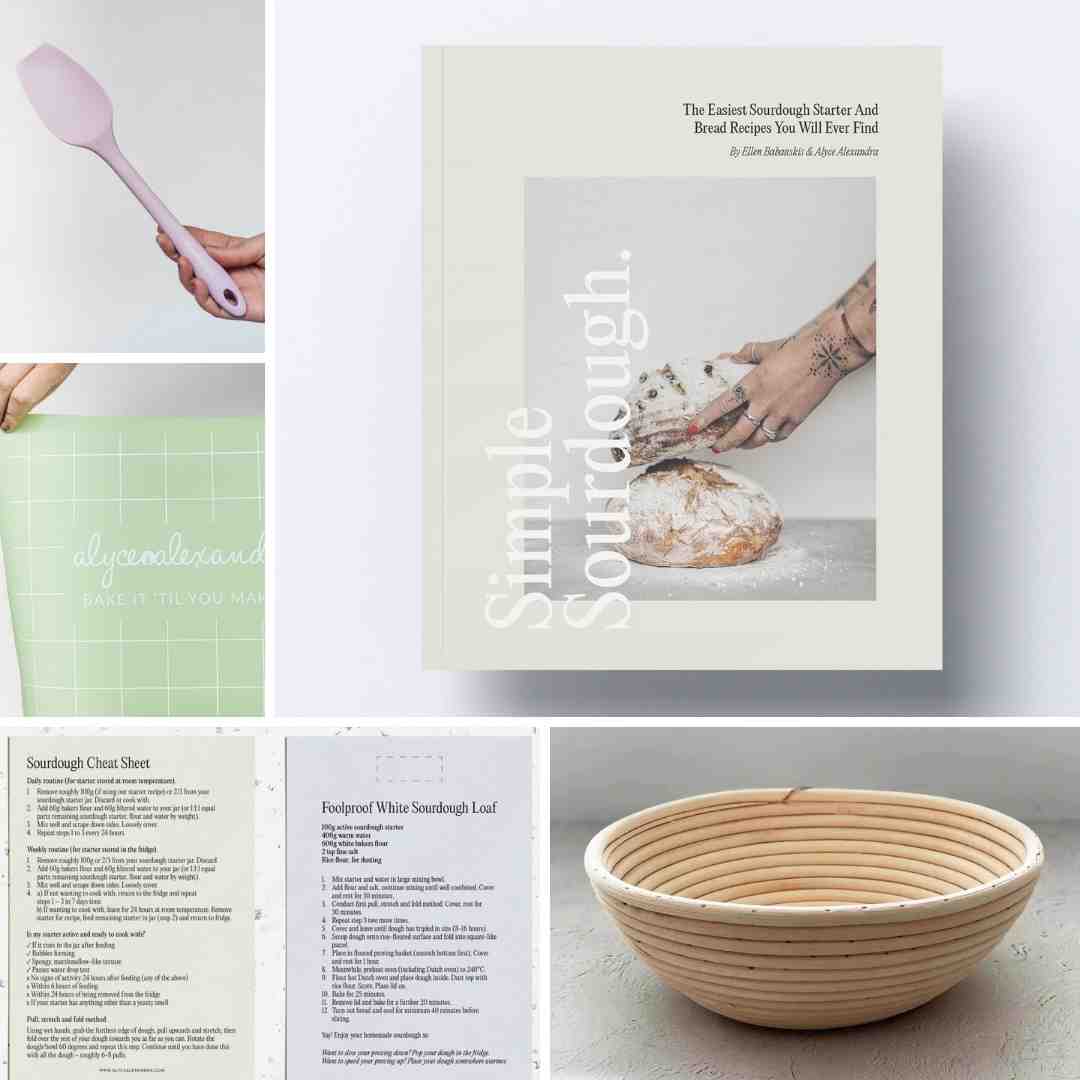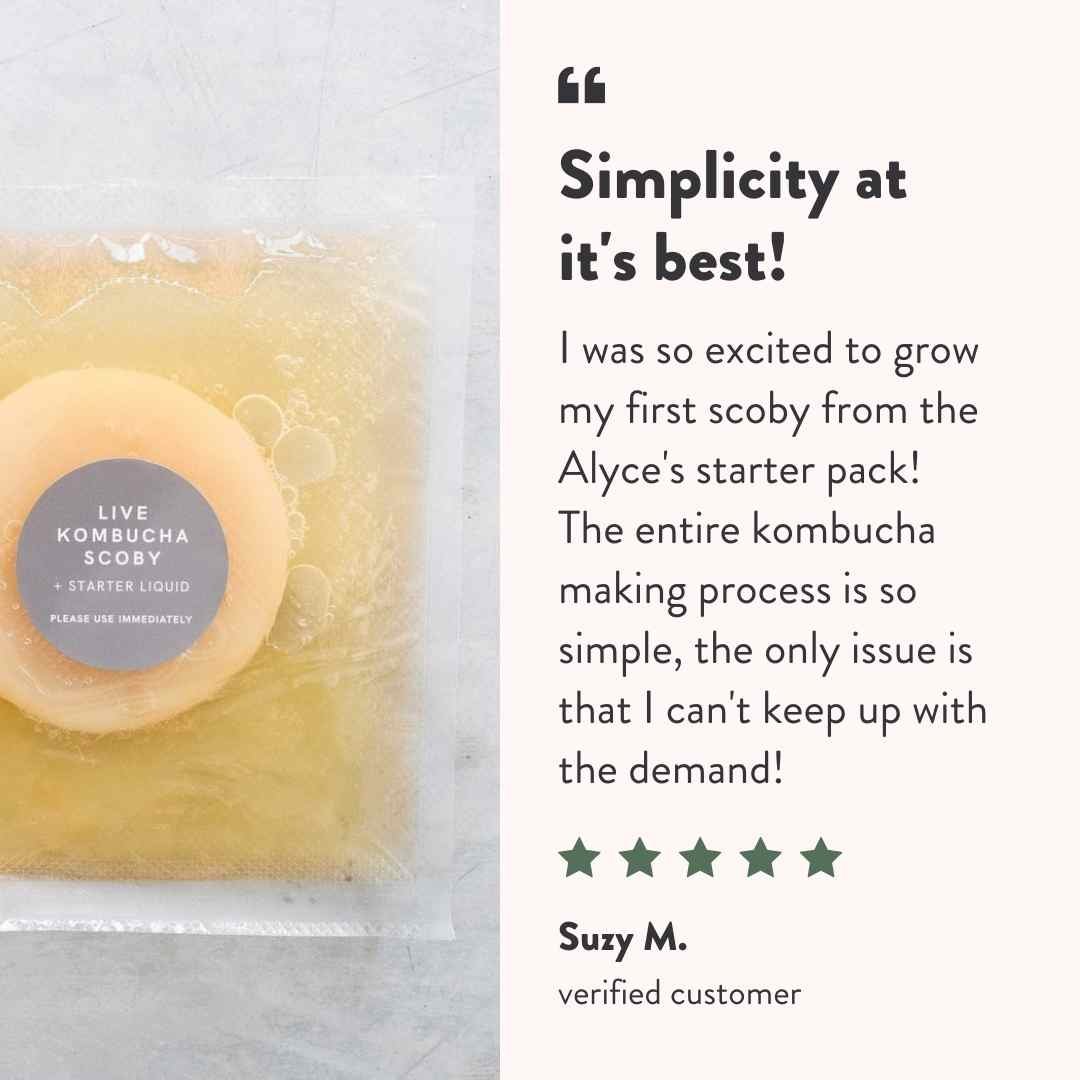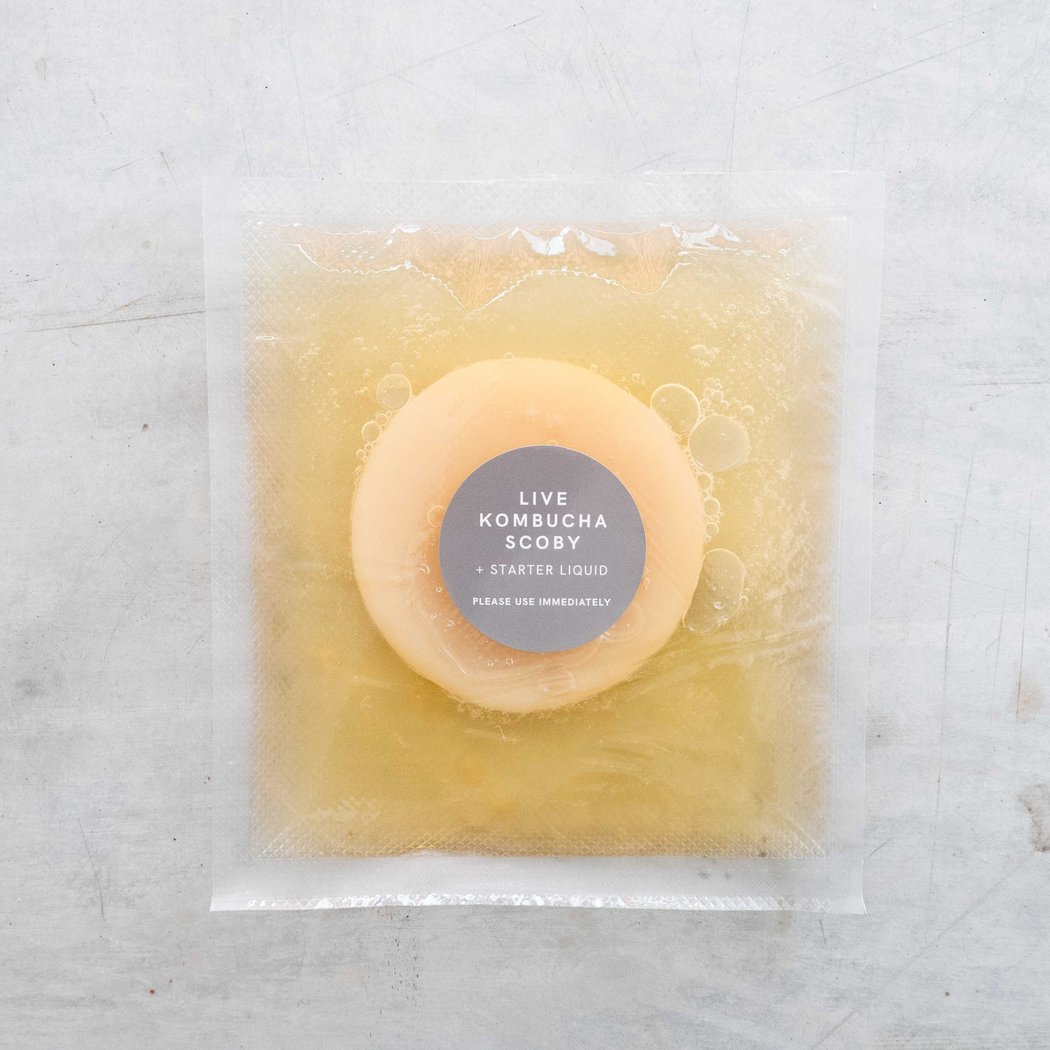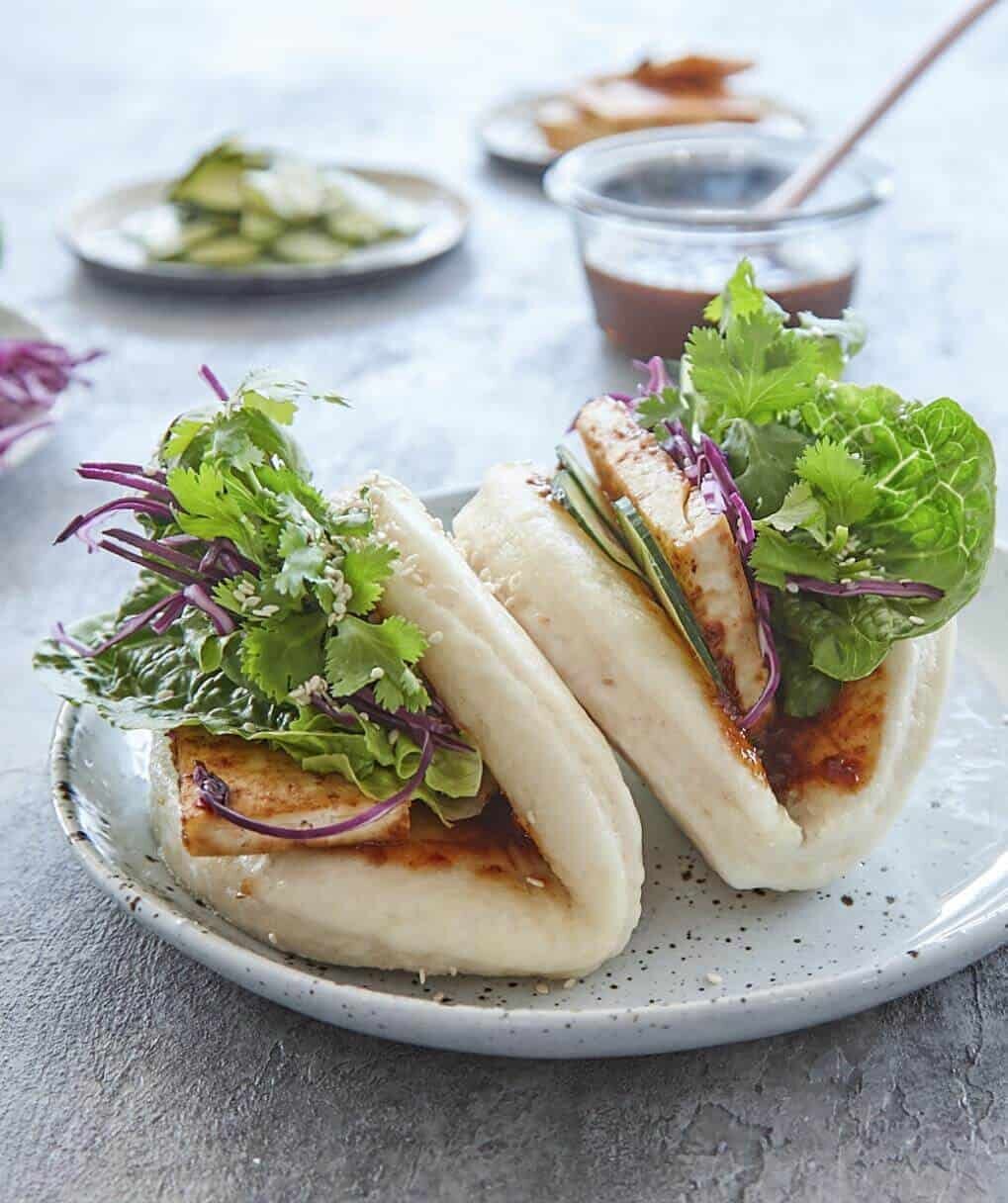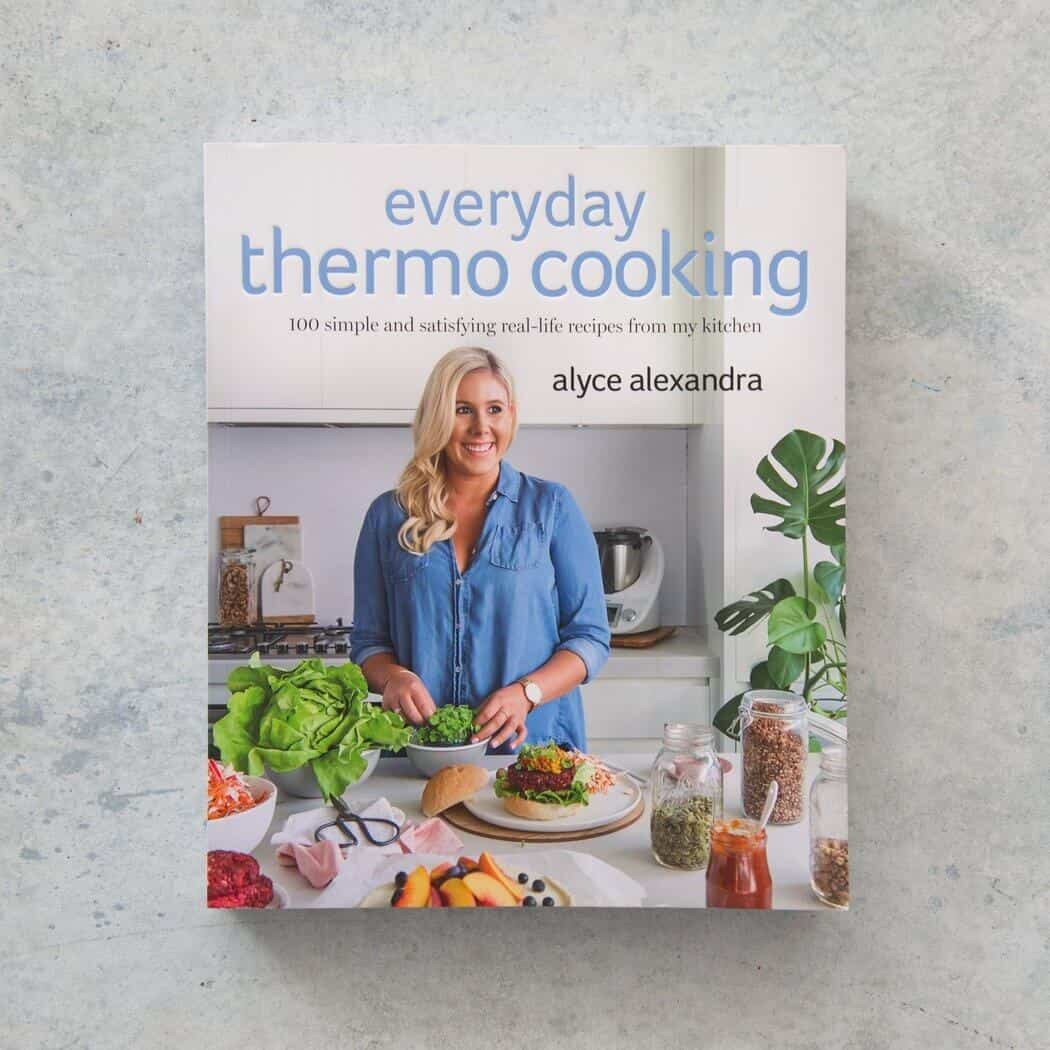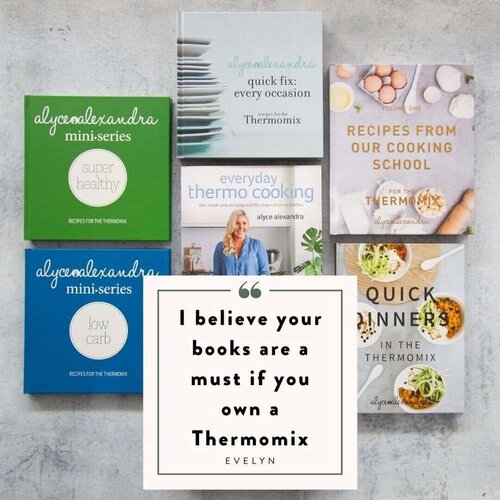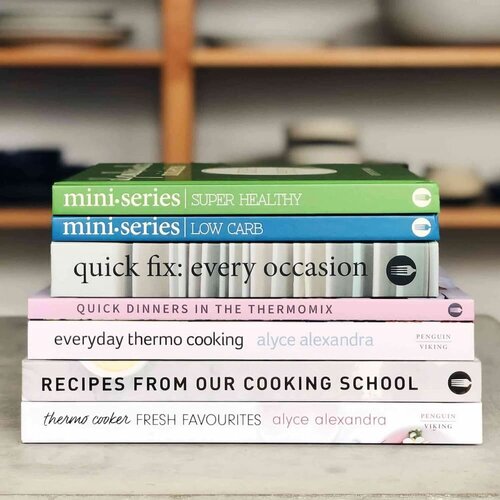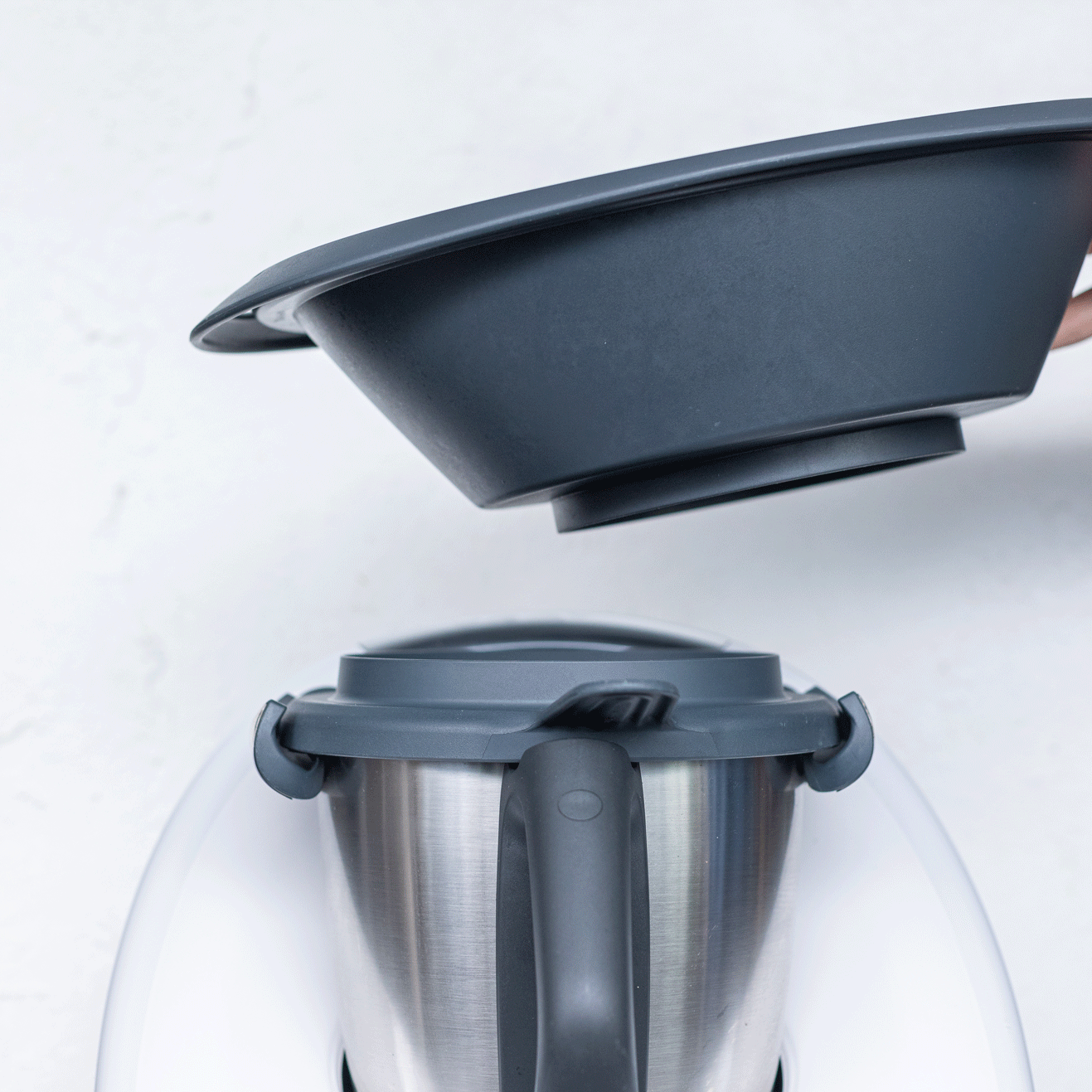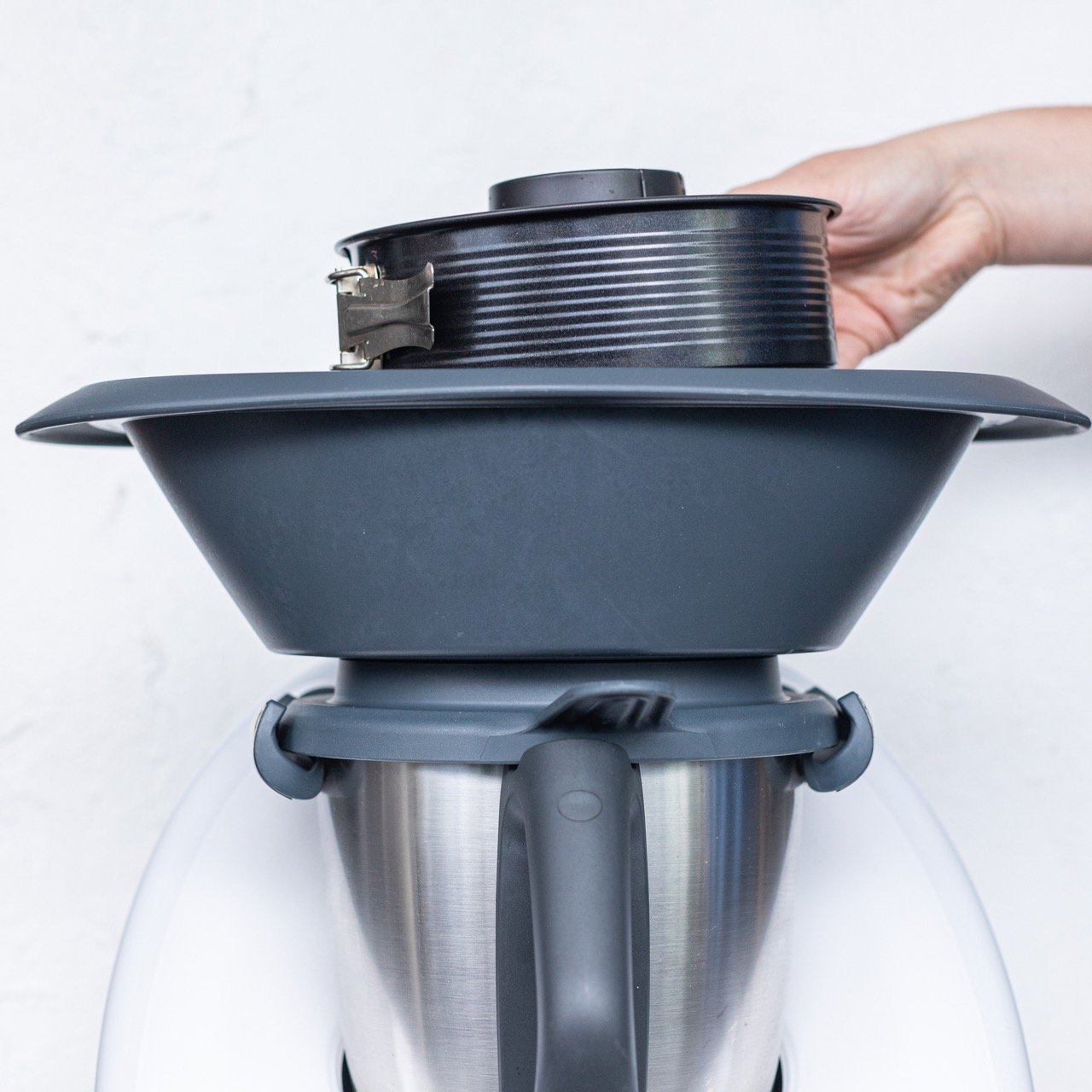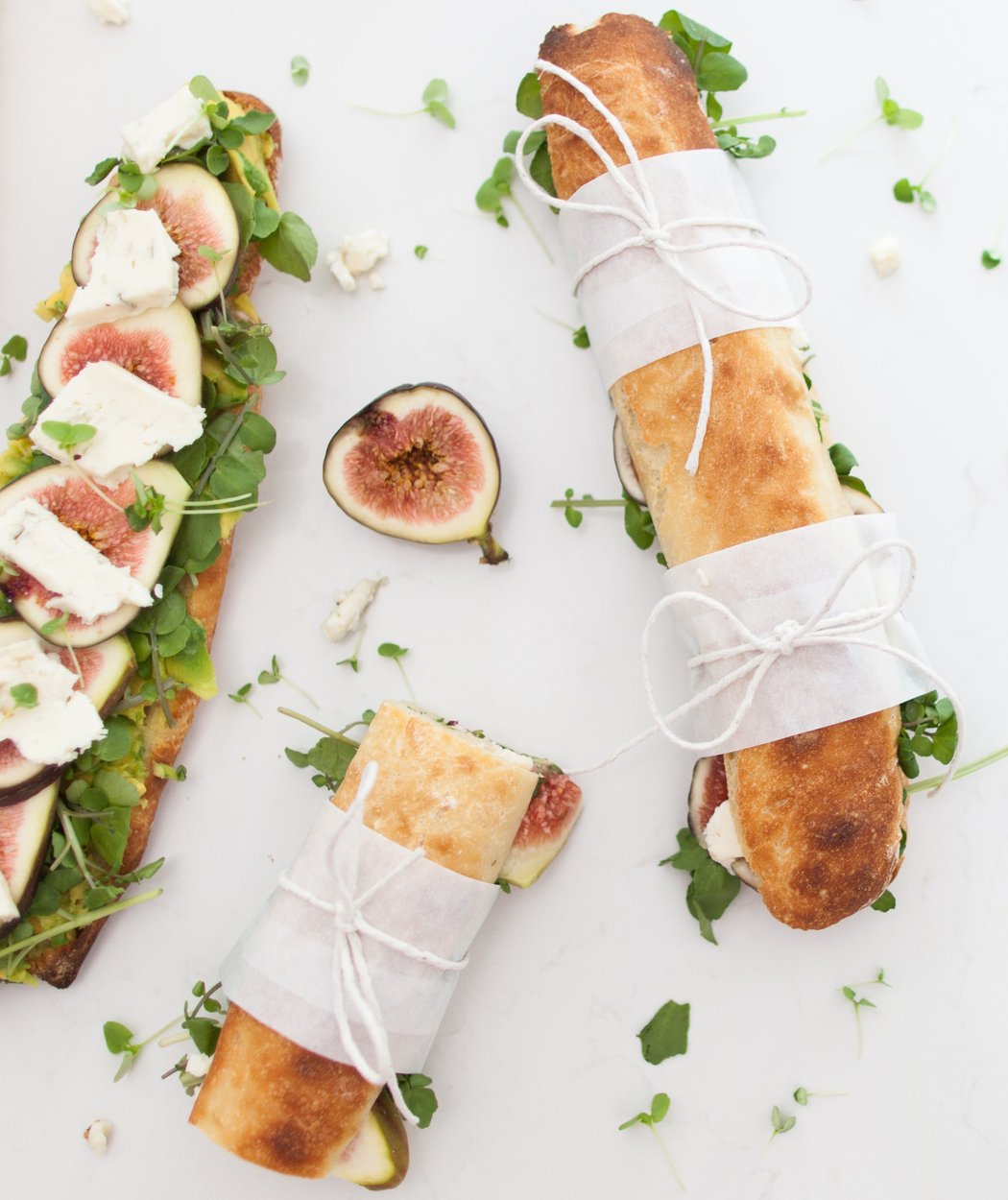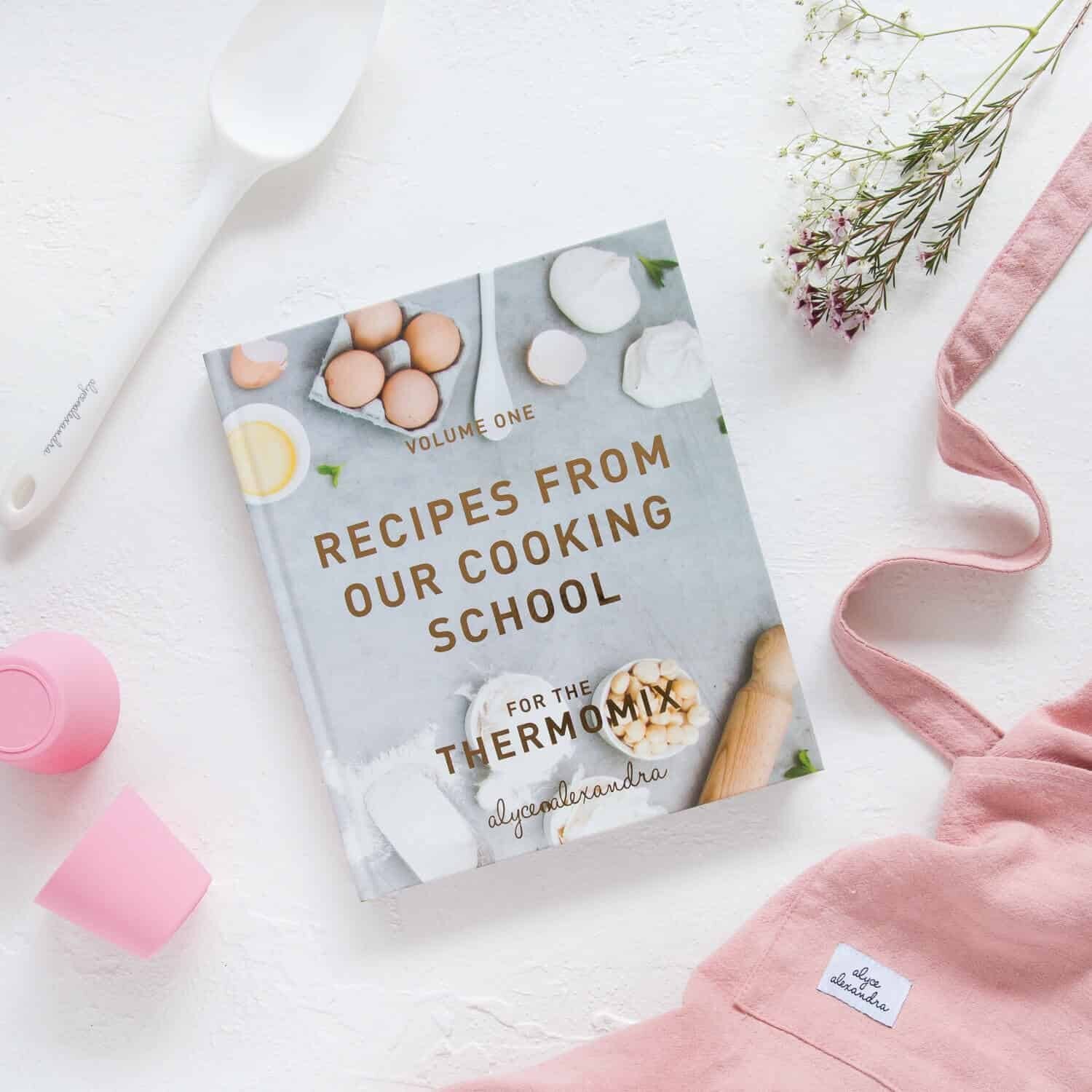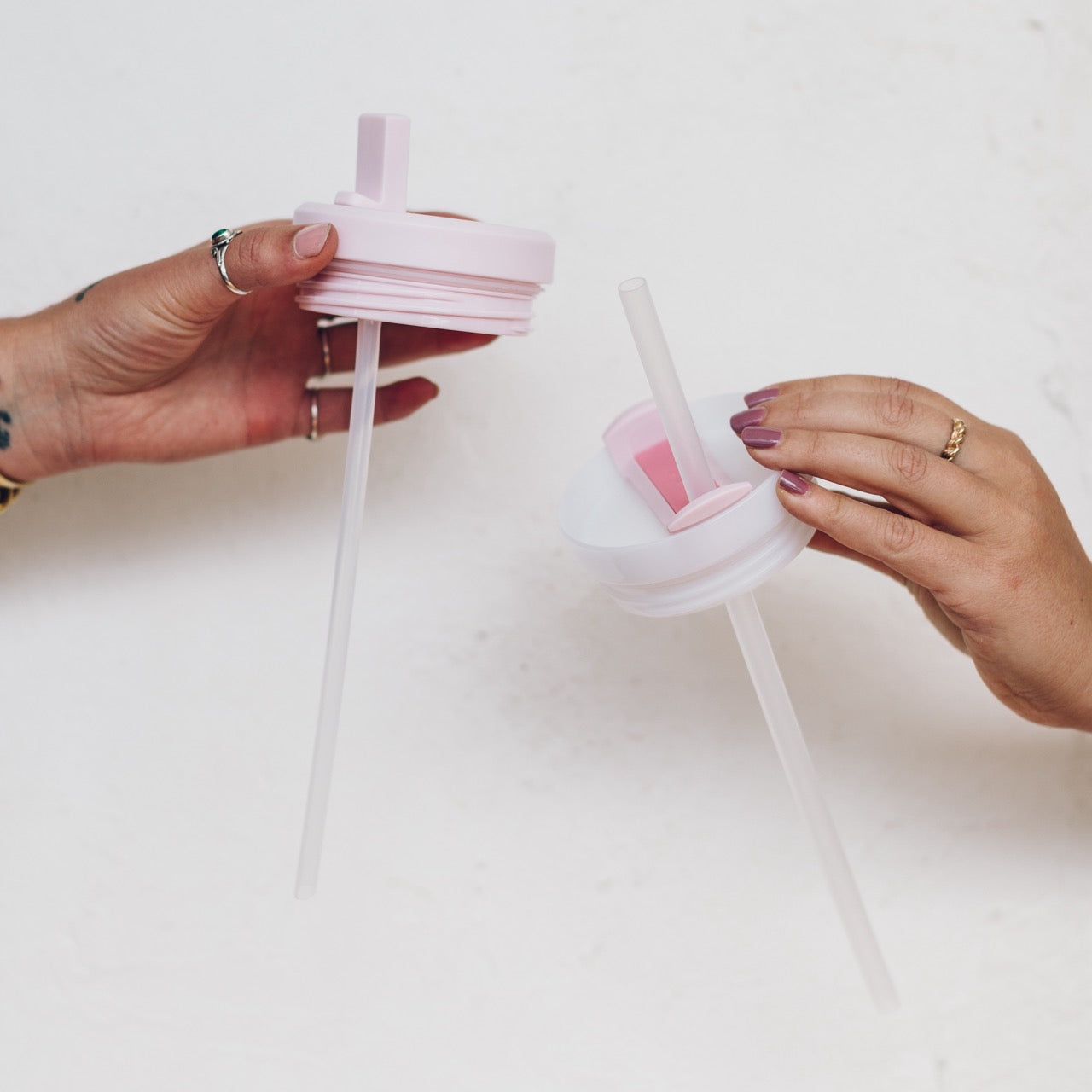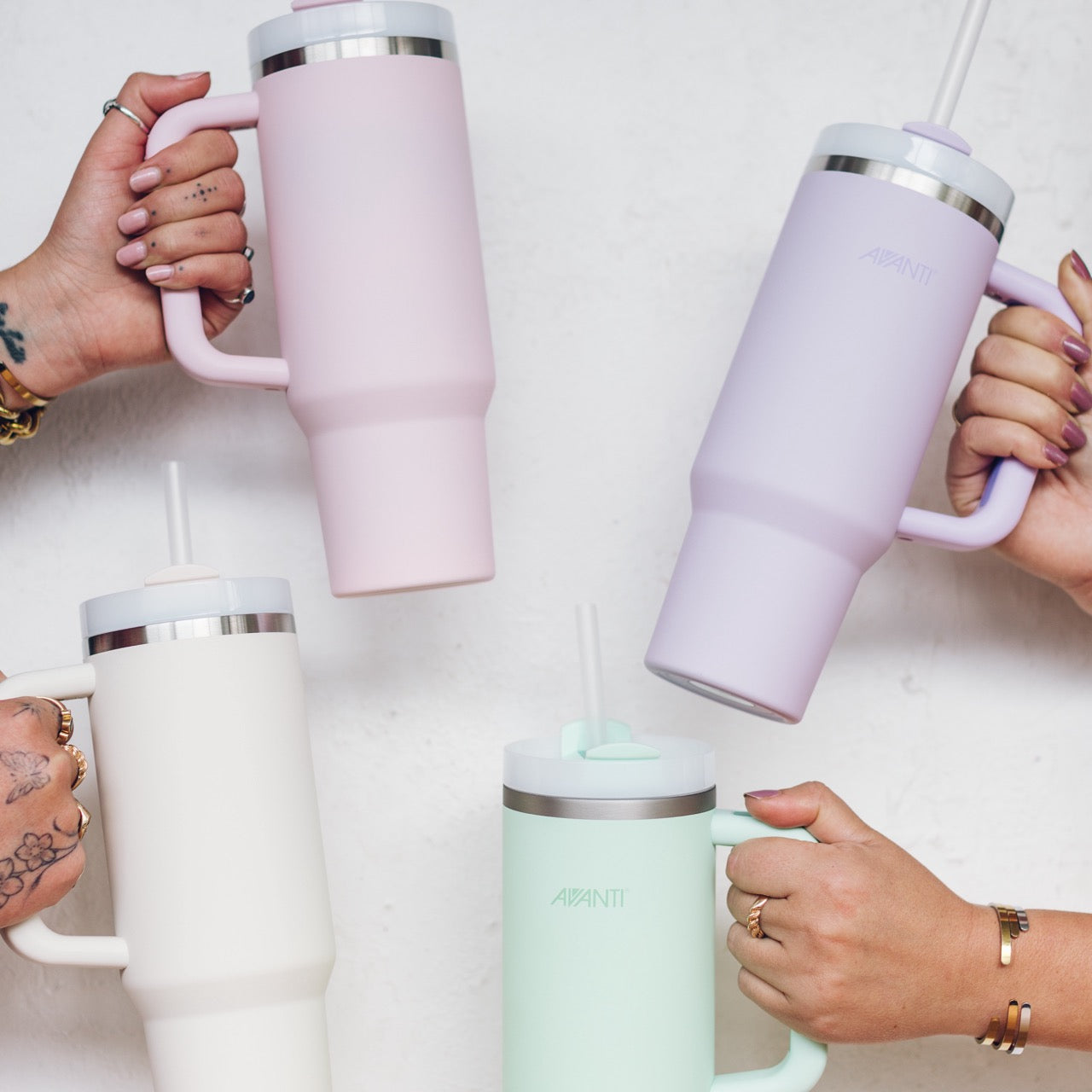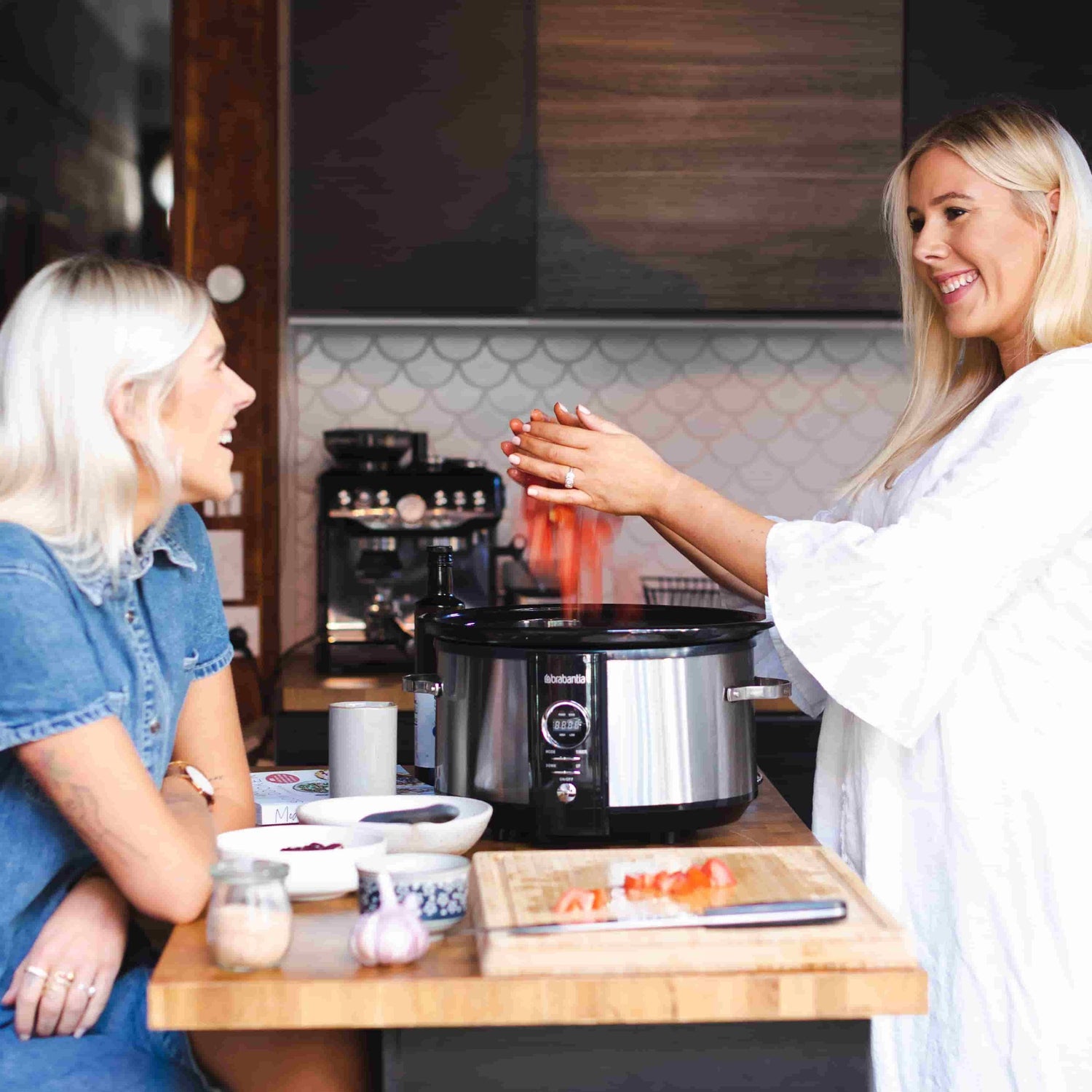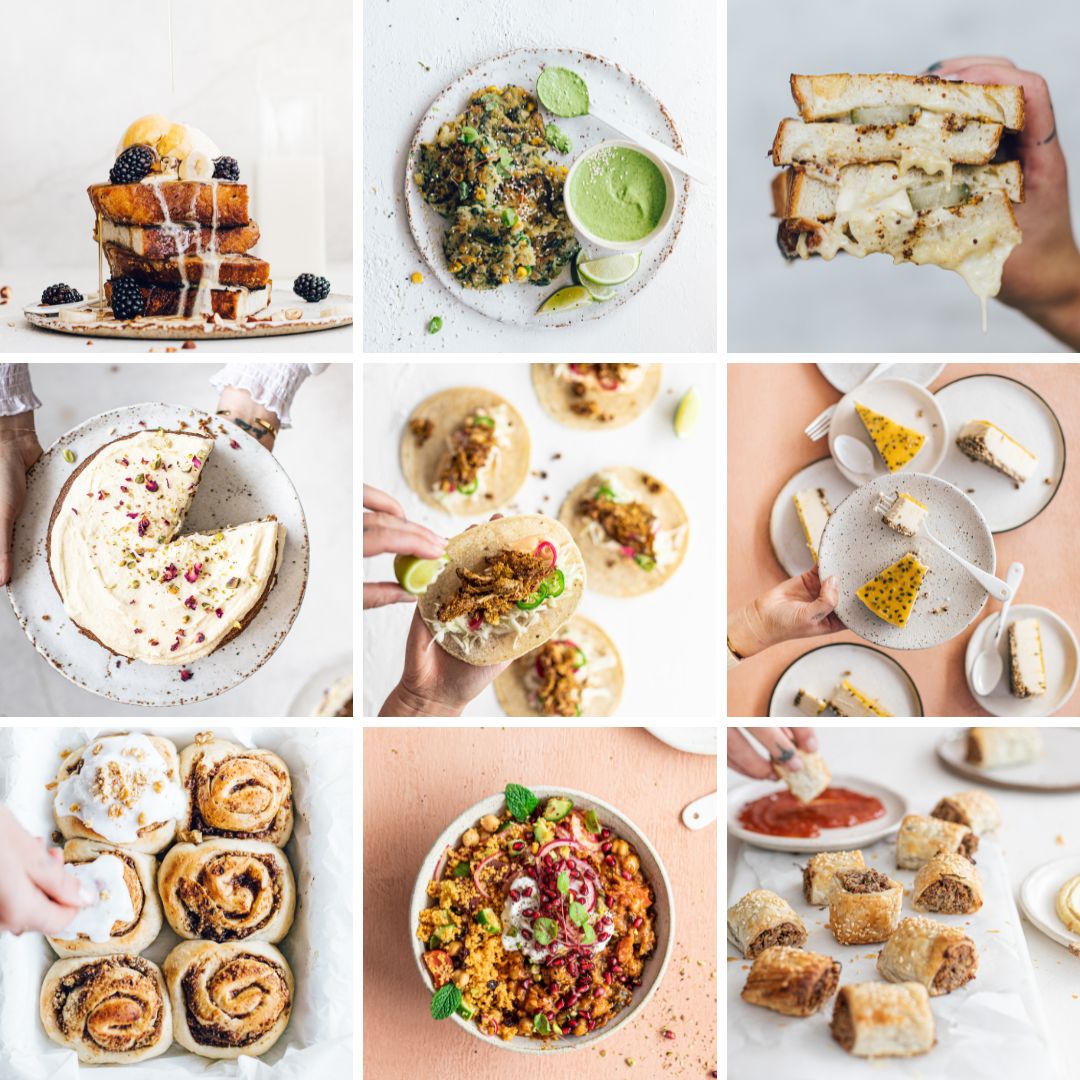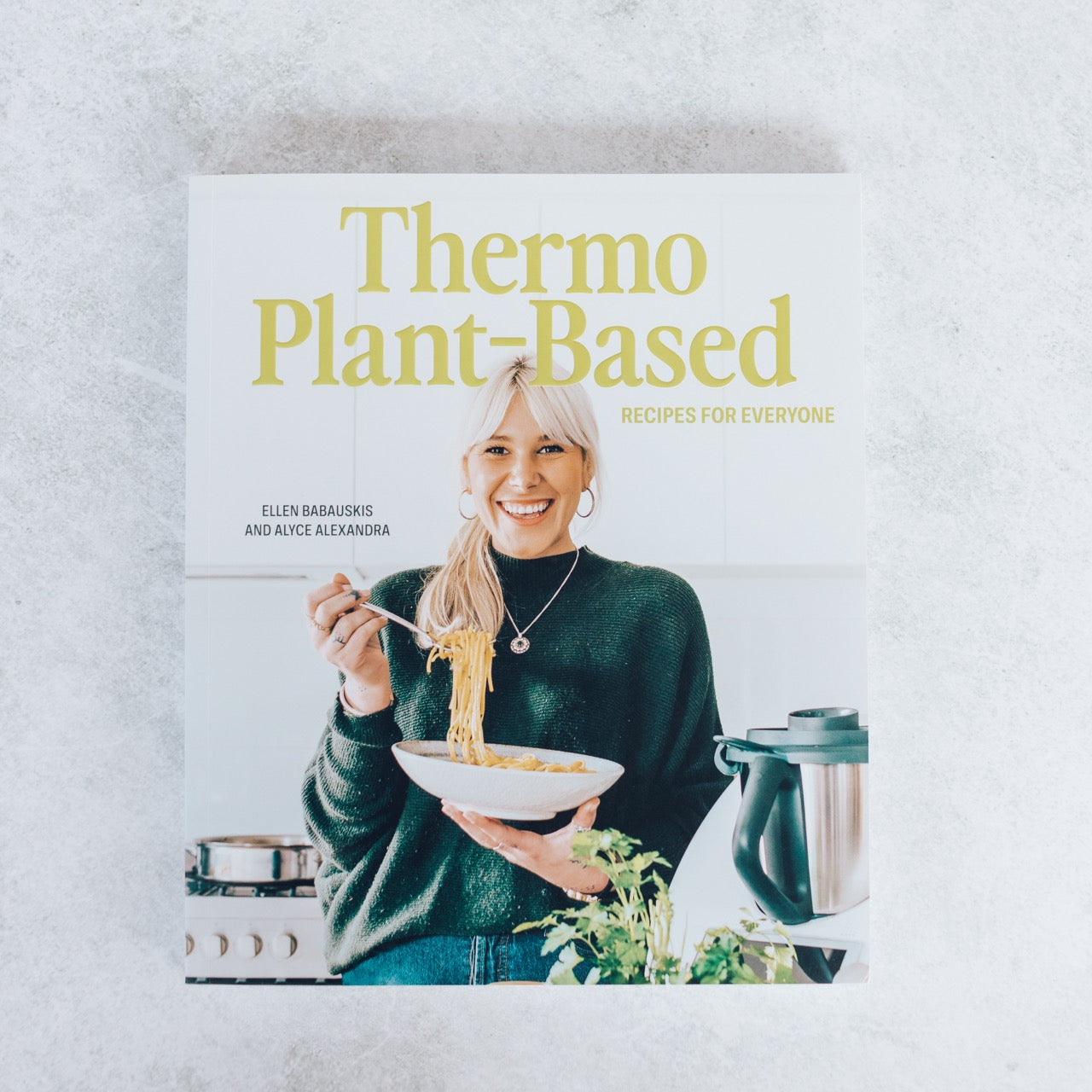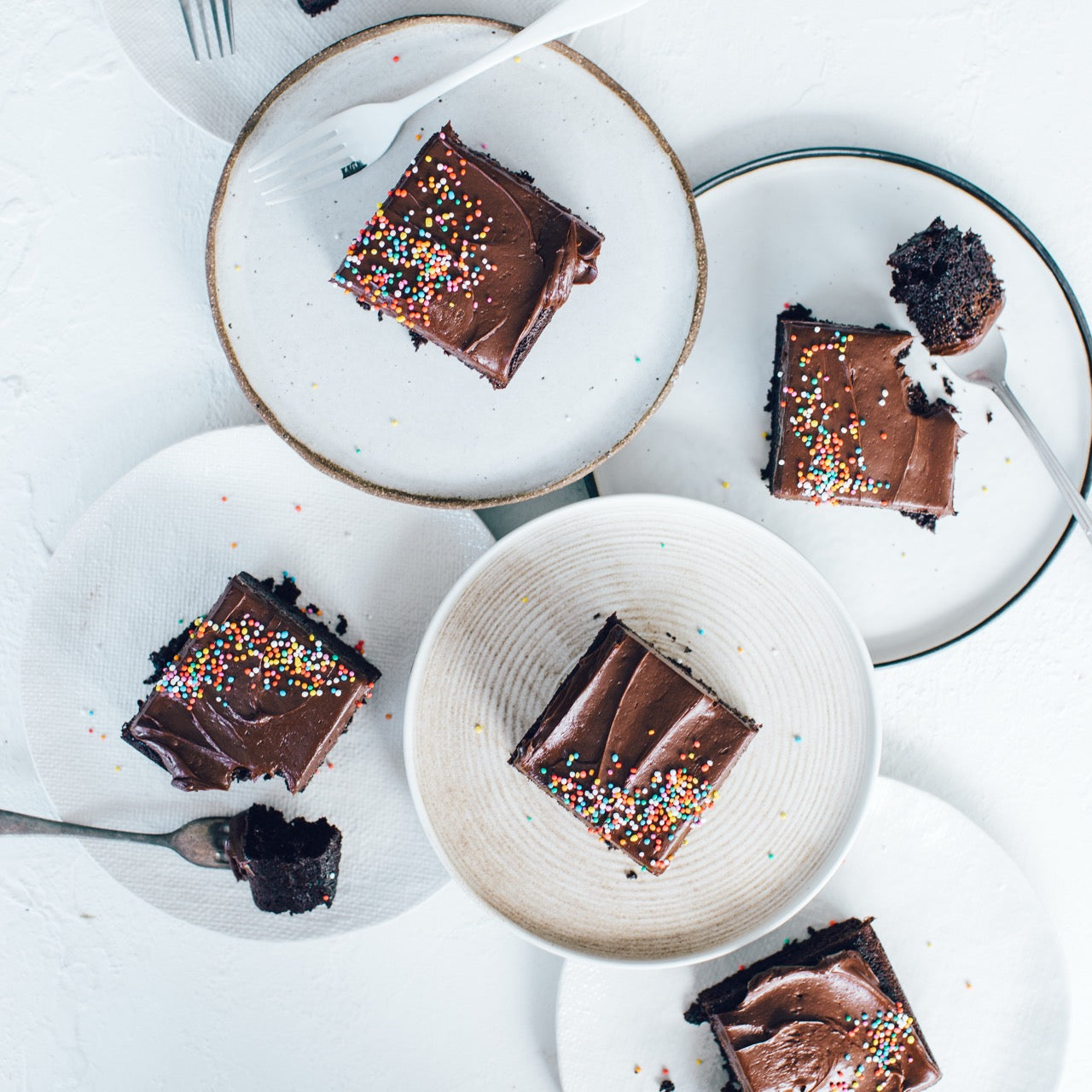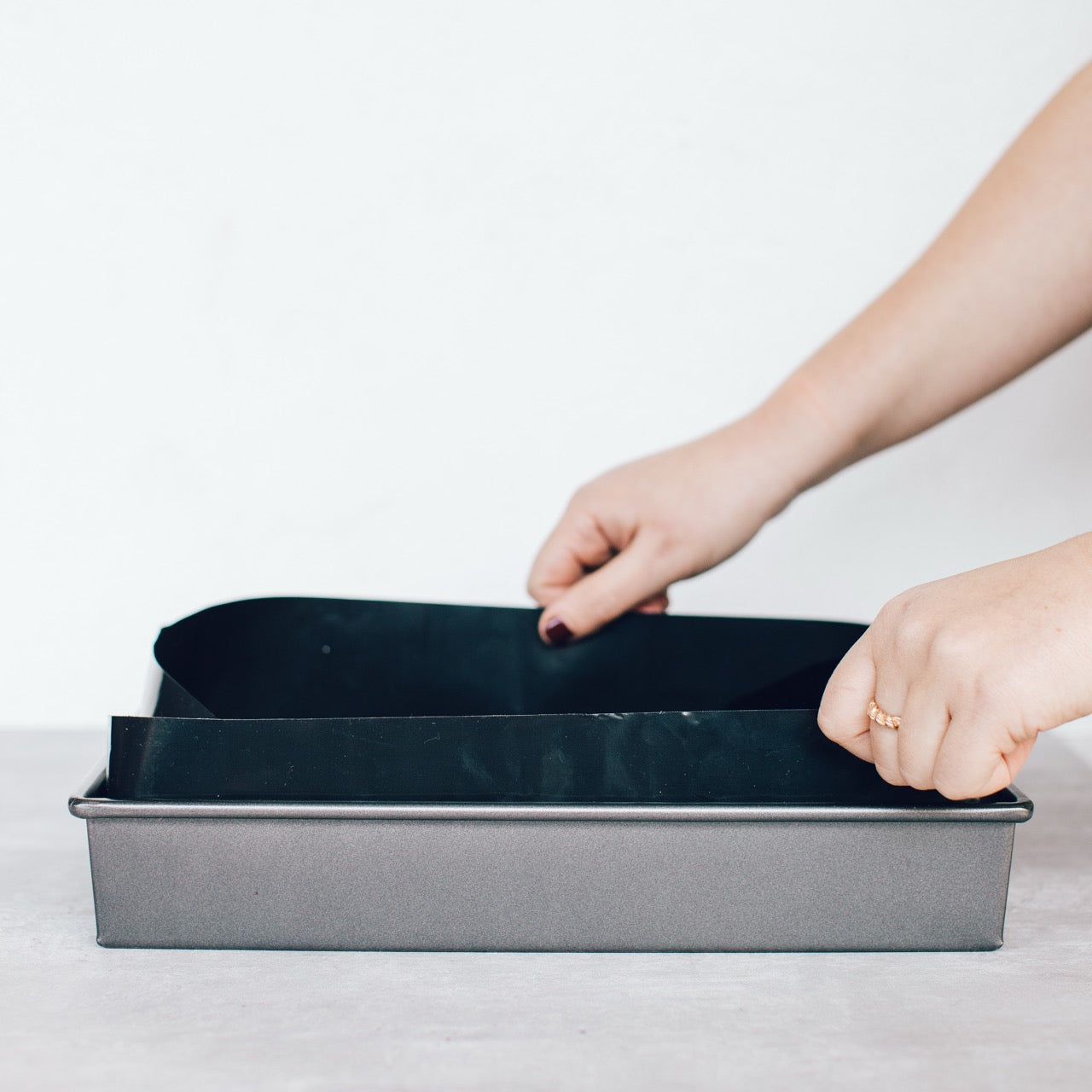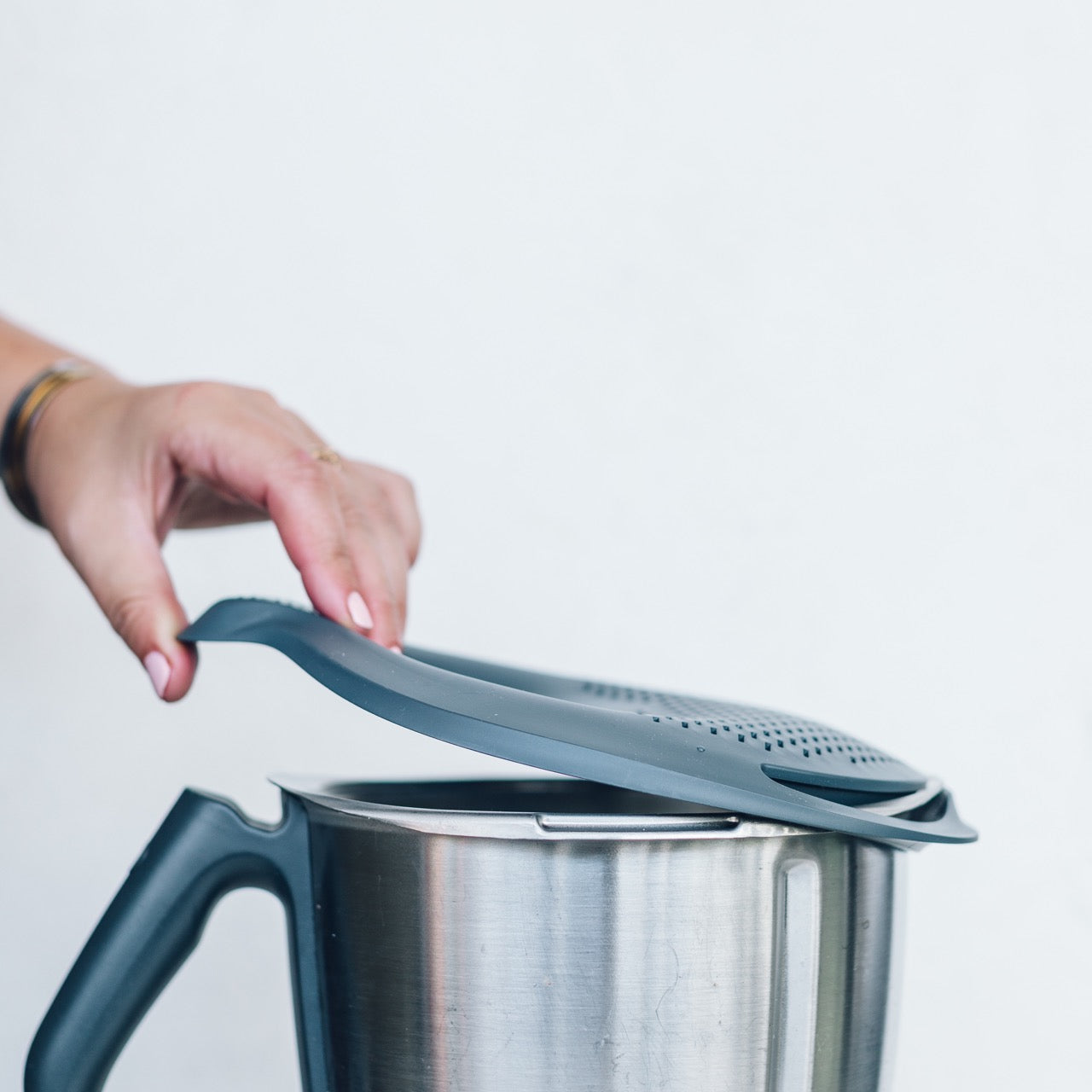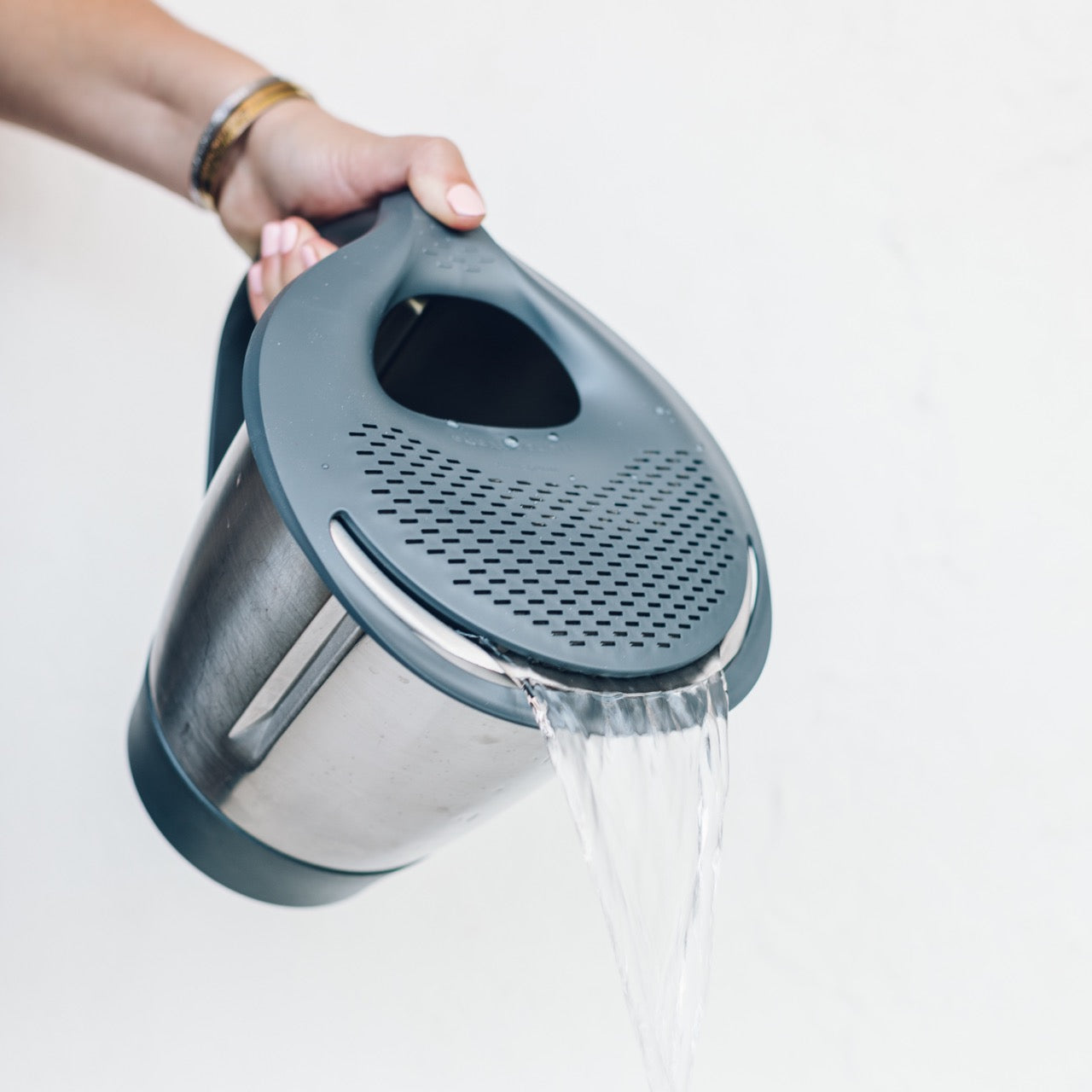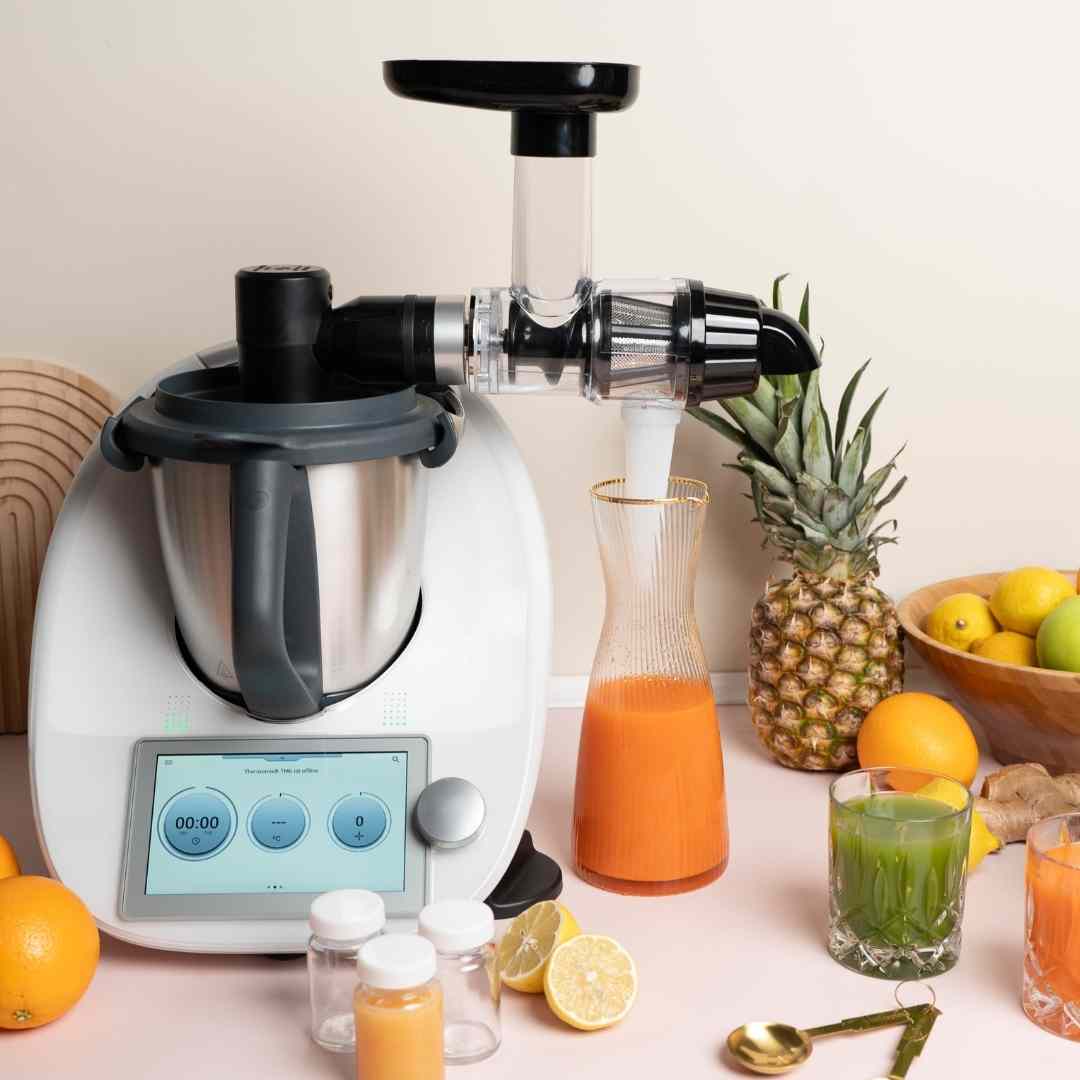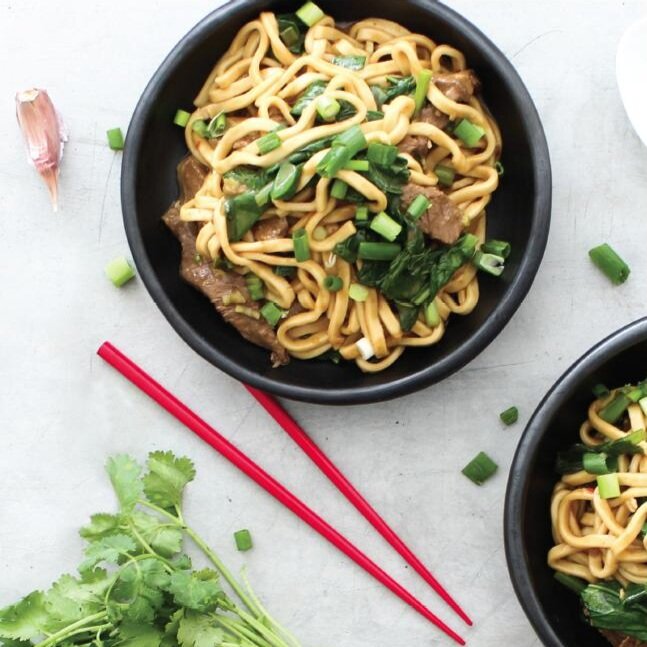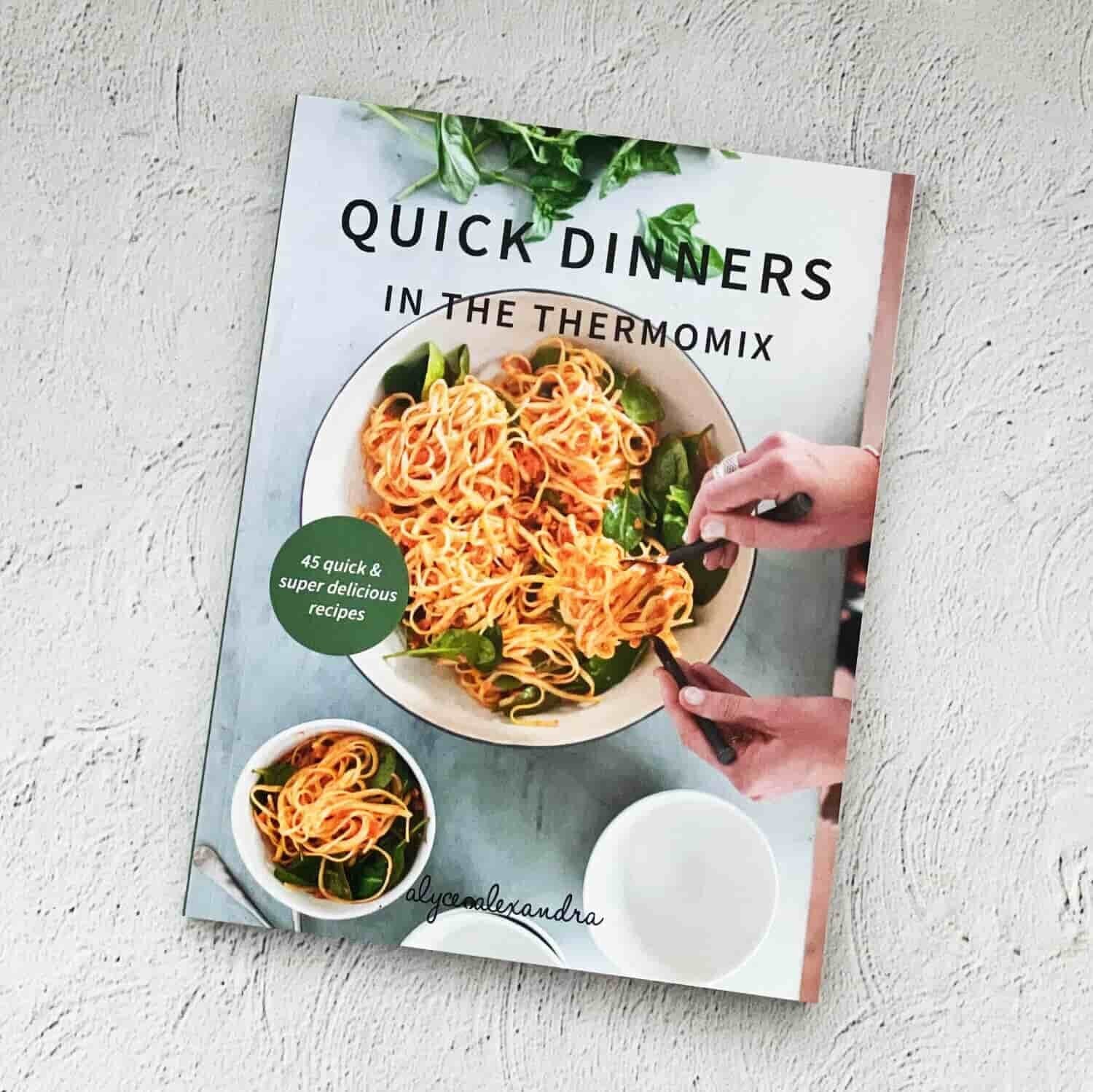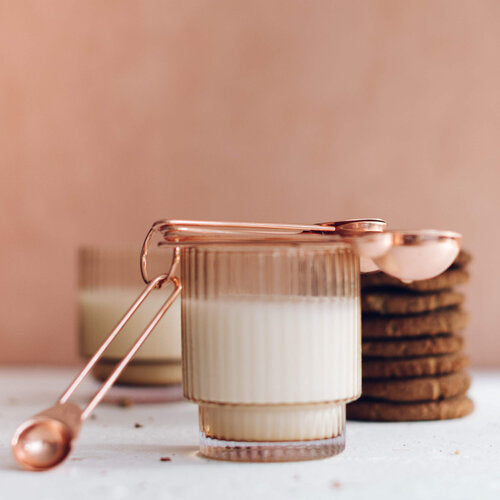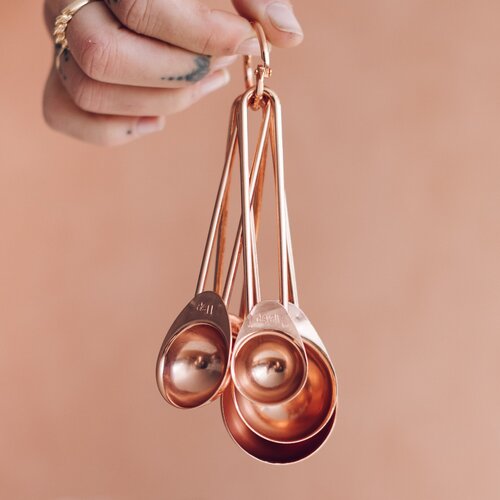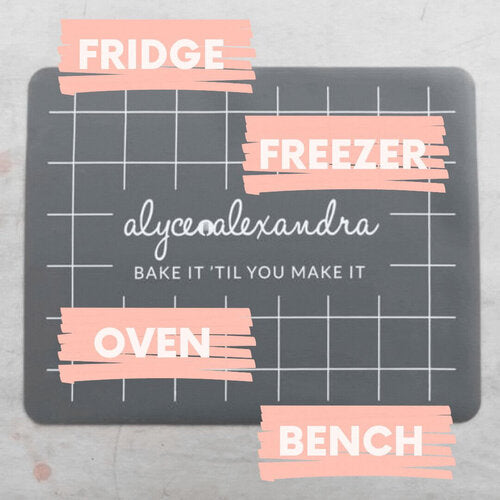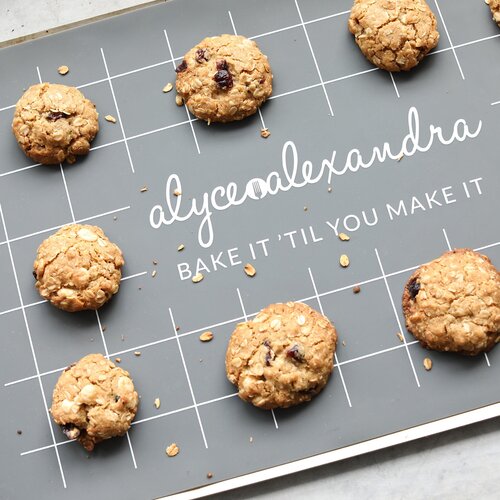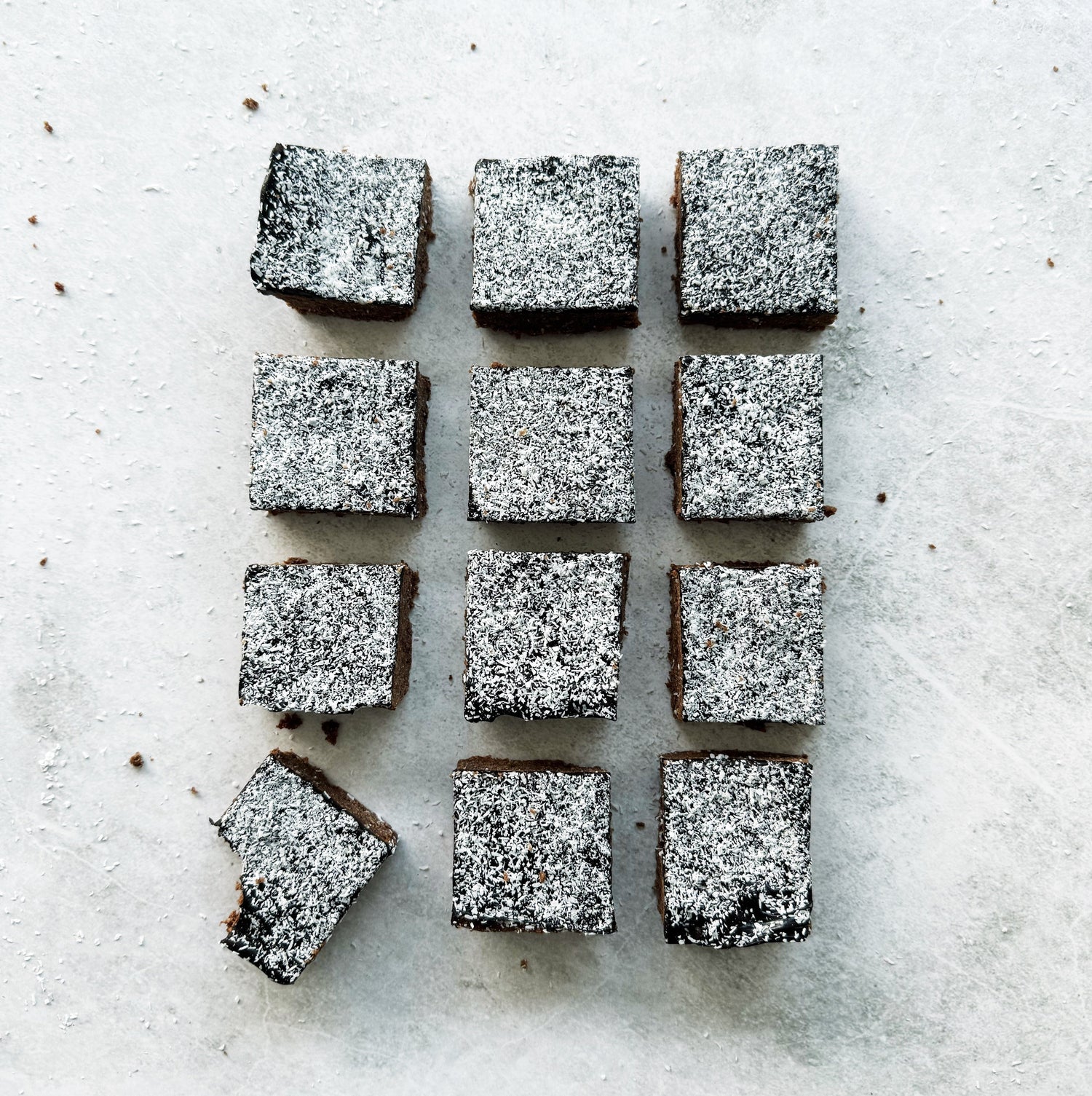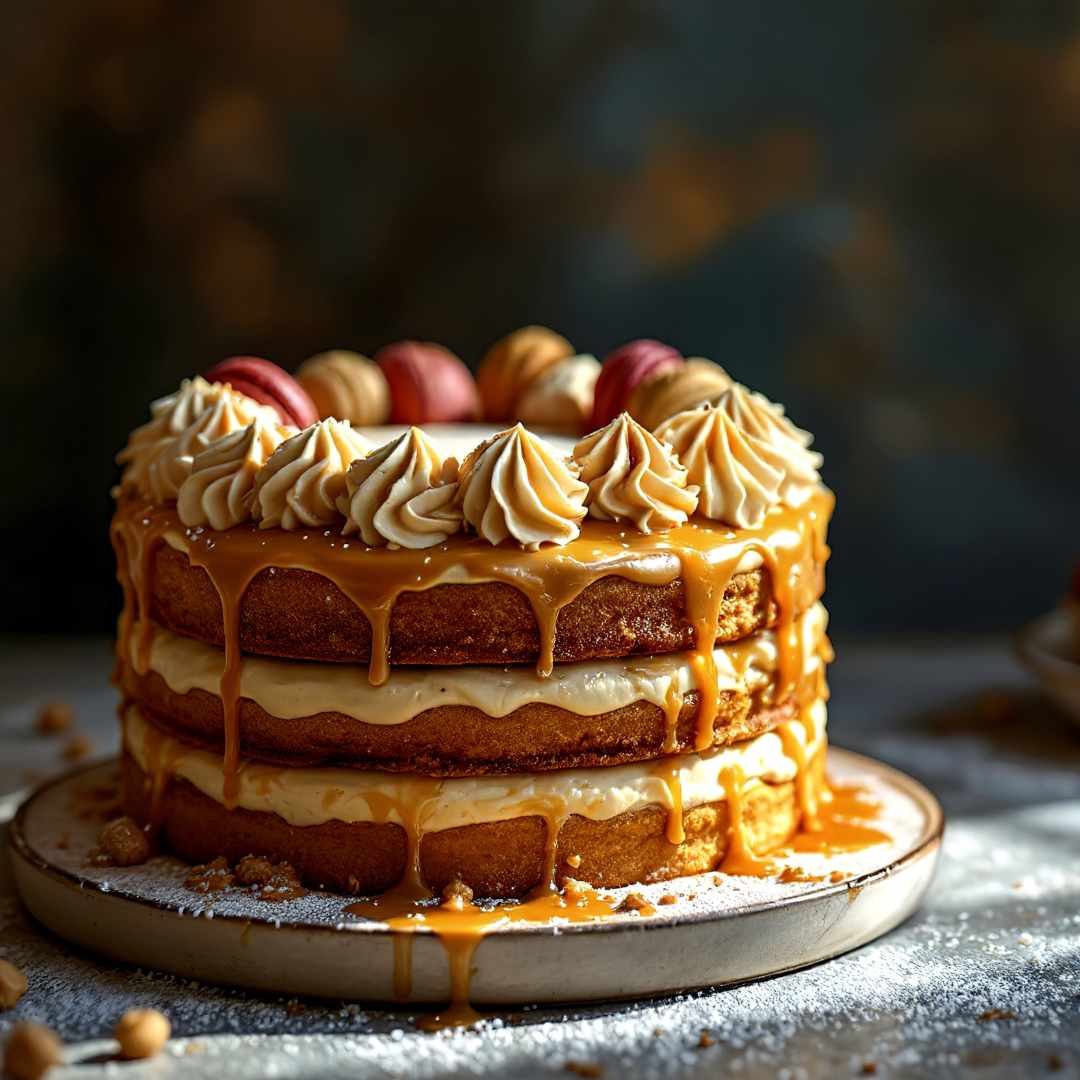Firstly, let’s remember – every slow cooker slow cooks! I really don’t want you stressing if you already have a slow cooker that doesn’t match my recommendations. I wrote my cookbook ‘Modern Slow Cooker’ using six different slow cookers (often all at once!), and while they were all large units, some of them didn’t meet my other preferences. Was it a little annoying? Yes. Did they all get the job done in the end? Absolutely. It has also made me extremely passionate and well-informed about what to recommend to you, so there’s always a silver lining! So, if you’re starting from scratch or you’re committed to slow cooking multiple times per week and you’re looking to purchase a new unit, then there’s a few features that I highly recommend to make your life easier.
Bigger is better. All recipes in my cookbook ‘Modern Slow Cooker’ have been developed for a 5–6.5 L slow cooker. I recommend this size as it allows you the option of cooking in bulk. While most of the time you’re probably not feeding that many people, most slow cooker meals freeze well and therefore it’s great to make extra and store it in the freezer for super-quick homemade meals in the future without the mess (living the dream!). And remember, you don’t have to fill it up every time you use it, it’s fine being half- or even a quarter-full. The majority of recipes in this book do not even come close to using 5 L, but when I want to make more, the option is there – better to have it available than not. Also, for many of my recipes I place 500 ml preserving jars or 2 L pudding basins inside the slow cooker – you’ll have a much easier time fitting these in a large unit. Of course, my recipes can easily be adjusted for smaller slow cookers – simply scale down the ingredients to fit in your unit. The cooking times will generally stay the same.
Invest in an electronic timer. If buying a new slow cooker, my second most important recommendation would be to buy a model with an in-built electronic timer, meaning the slow cooker will keep track of time for you. When your dish has finished the specified cooking time the unit will default to the ‘keep warm’ setting, keeping food hot for serving without overcooking it. This is especially handy for overnight cooking or a long day away from home. These units generally cost a little bit more, but I think the convenience and peace of mind are worth it. Of course, it’s by no means essential – without a timer you will simply need to keep track of your cooking times yourself and manually turn to ‘keep warm’ if you're not ready to serve (and you'll need to make sure you’re home on time!).
Make sure you’ve got control of the heat setting. Believe it or not, there are slow cookers out there that think they know better than you and ‘automatically’ set the temperature. I have one, and it is beyond frustrating! Make sure you can manually set the ‘high’, ‘low’ and ‘keep warm’ settings, meaning you can follow along precisely with the recipes in this book and get perfect results every time.
Make sure the minimum time setting is 30 minutes. Some models frustratingly have a minimum time setting of 4 hours – that may be minimum for your pot roast, but for many of the recipes in this book, we’ll be cooking for less than 4 hours. So make sure the timer goes up in (at least) 30-minute increments. Again, I have one unit that starts at 4 hours and it drives me crazy – if you’ve already got one and are not planning to part with it, you’ll simply need to set an alarm on your phone or oven to remind you of the actual time to turn the unit off.
Consider a searing slow cooker. Slow cooker inserts (the bowl inside the unit) are generally made of ceramic or enamel-coated metal. The benefits of a metal insert are threefold – they are much lighter than the ceramic inserts, they’re much harder to break, and metal inserts often have a ‘searing base’. This means you can put the slow cooker insert directly on the stove, sautéing onions and browning ingredients straight in your slow cooker, saving time, effort and dishes.* You can also reduce sauces down after your cooking is finished, if desired. Some high-end slow cookers even allow you to sauté inside the slow cooker itself, with a separate ‘sear’ function that is much hotter than standard slow cooker settings. Alternatively, you will need to do these tasks in a frypan and then transfer the contents to your slow cooker, which isn’t a huge problem, but it is one more pan to wash up. My caution with metal inserts is that it is very easy to scratch the non-stick coating, so you must ensure to never use metal utensils in your slow cooker – I recommend only silicone. You may also want to investigate what the non-stick coating is made from, as this will be in sustained contact with your food.
*Please only put your slow cooker insert directly on heat if your model specifically advertises that it is made for that purpose – not all metal inserts are!

